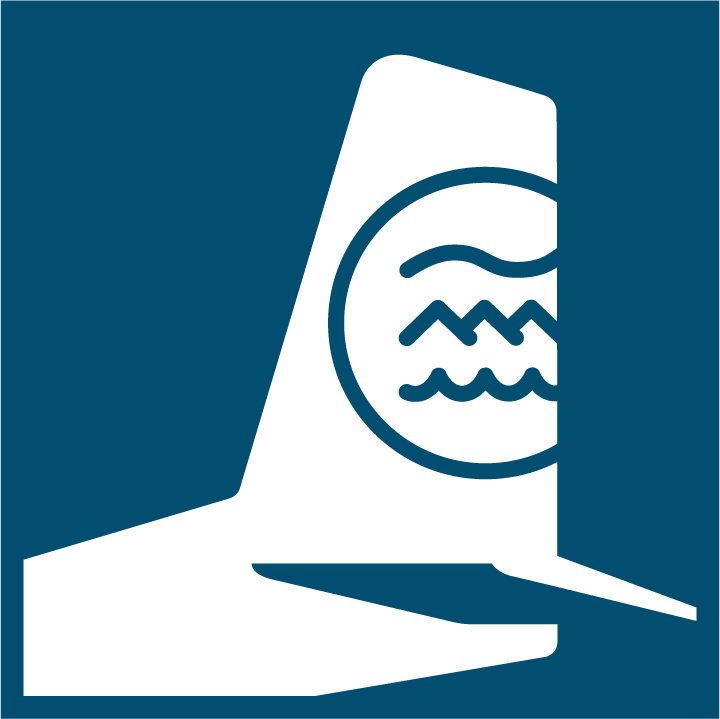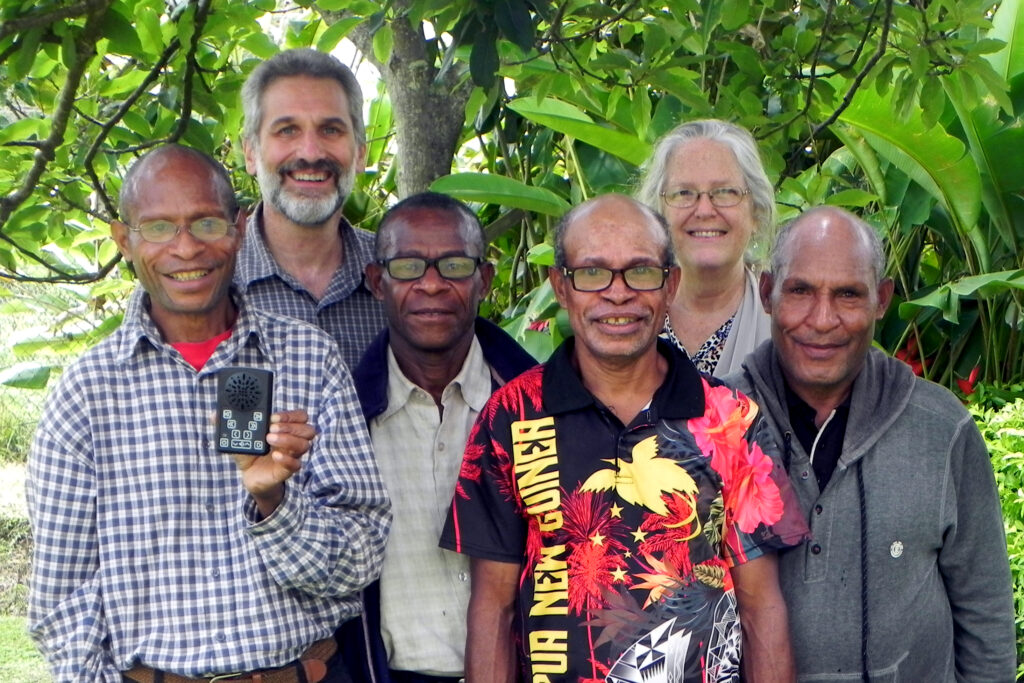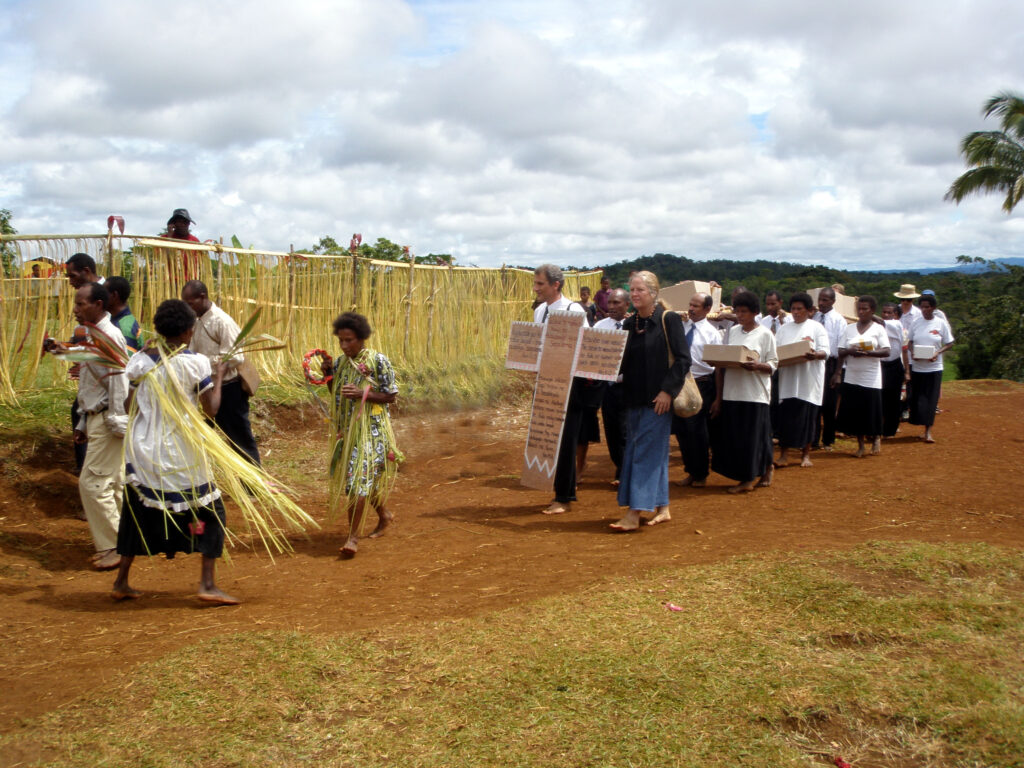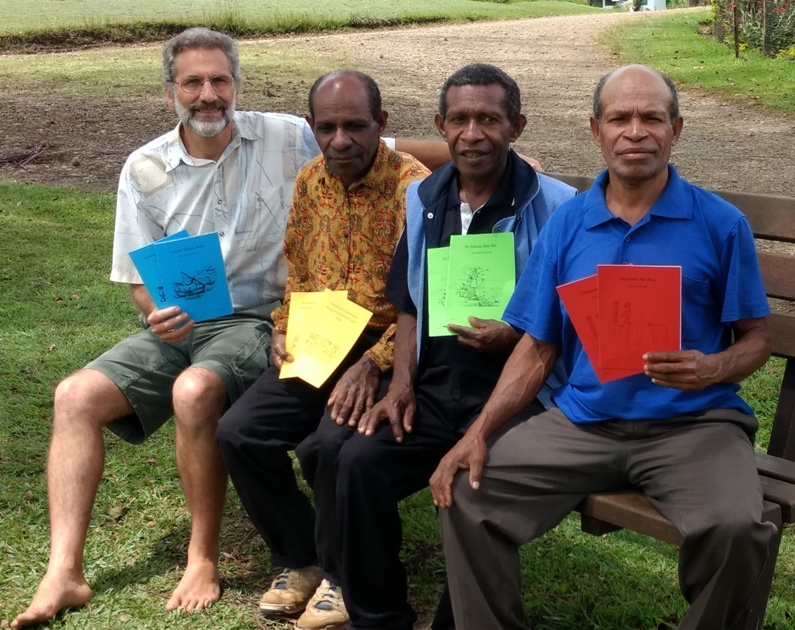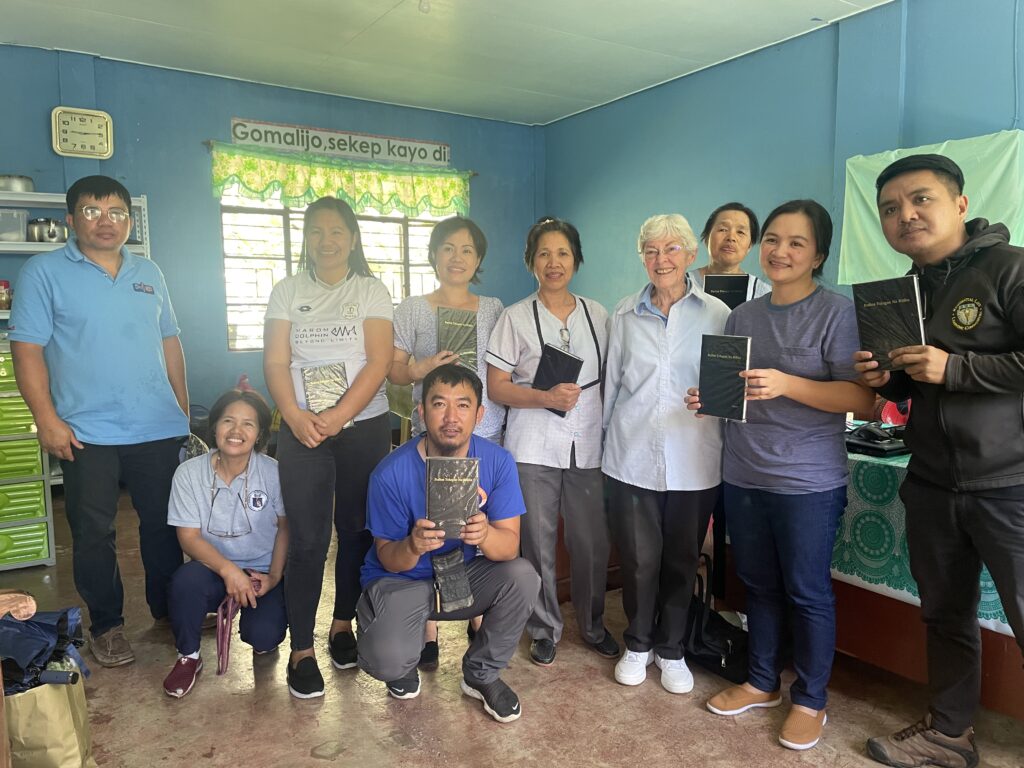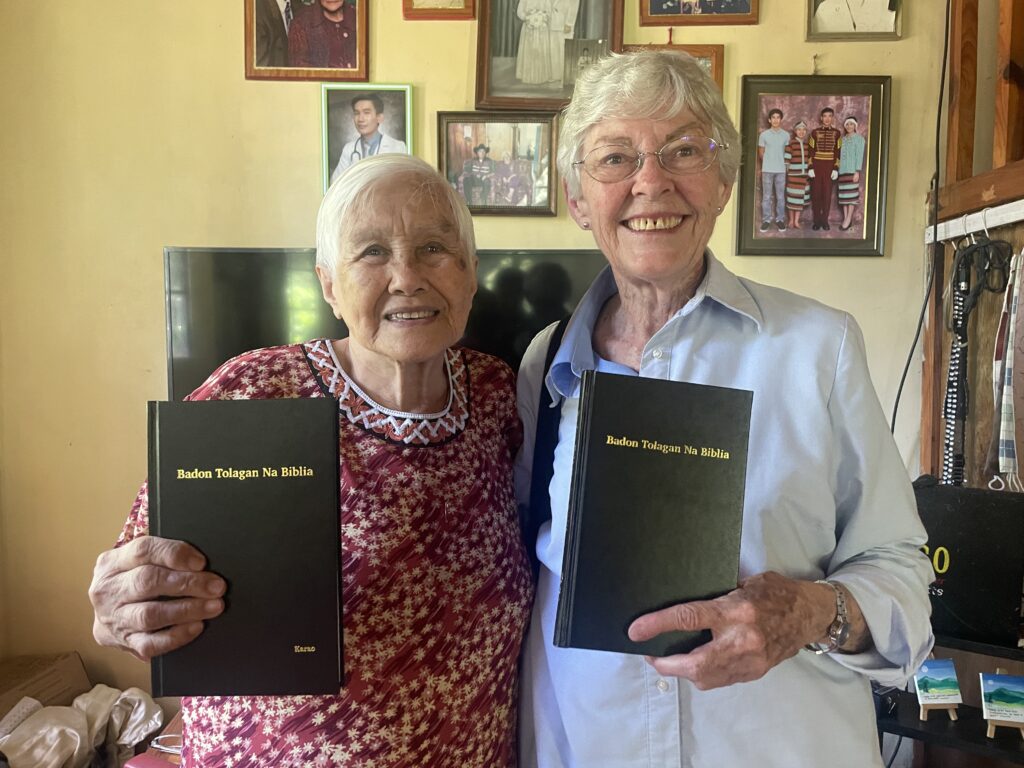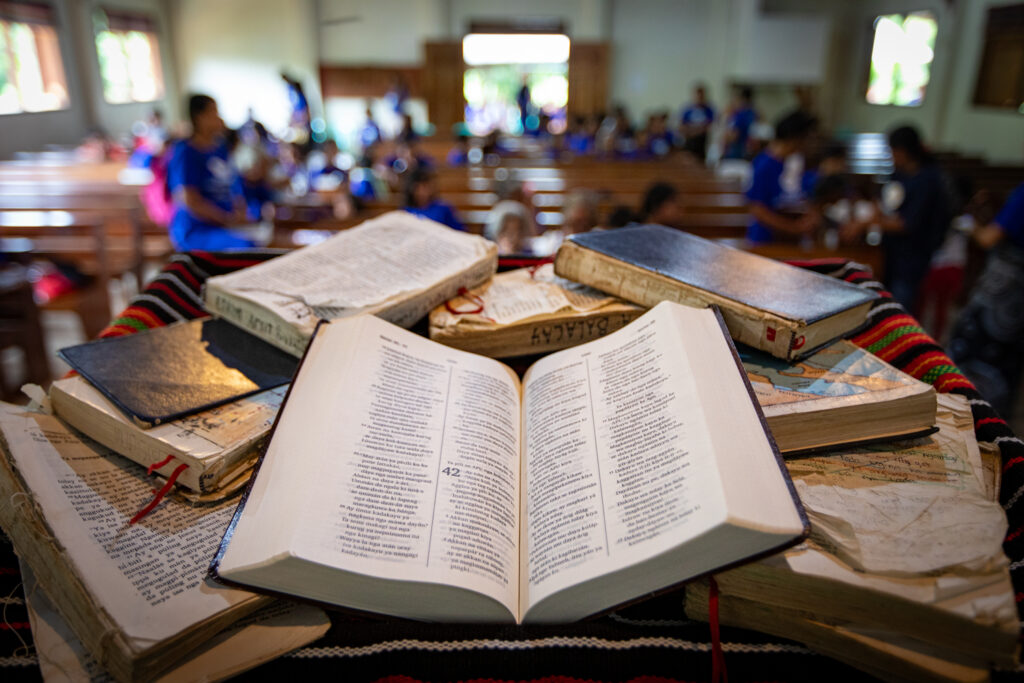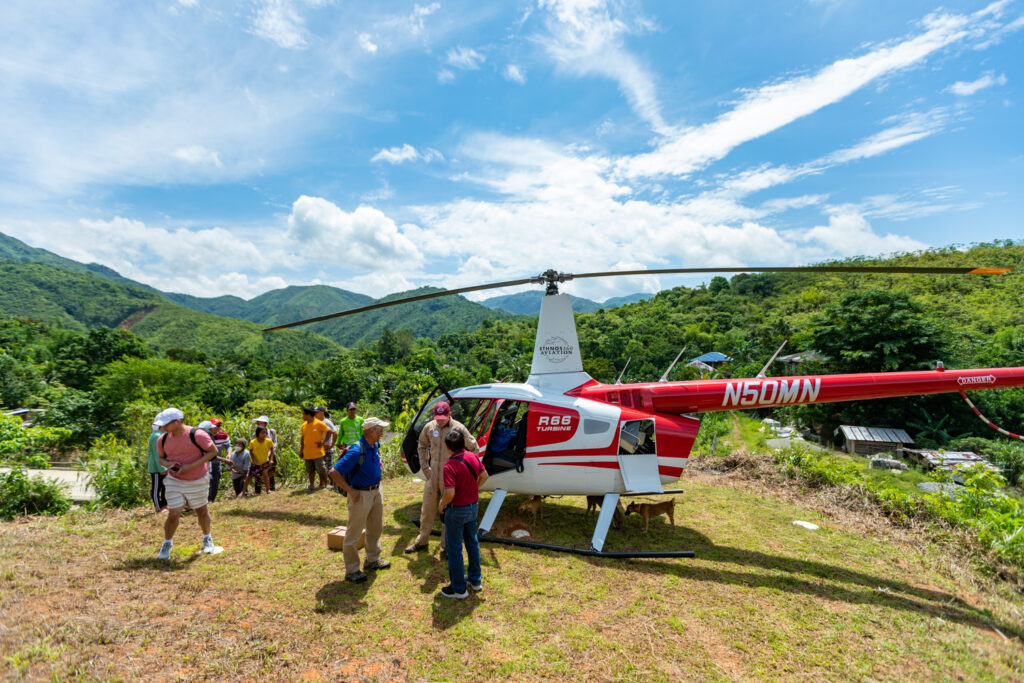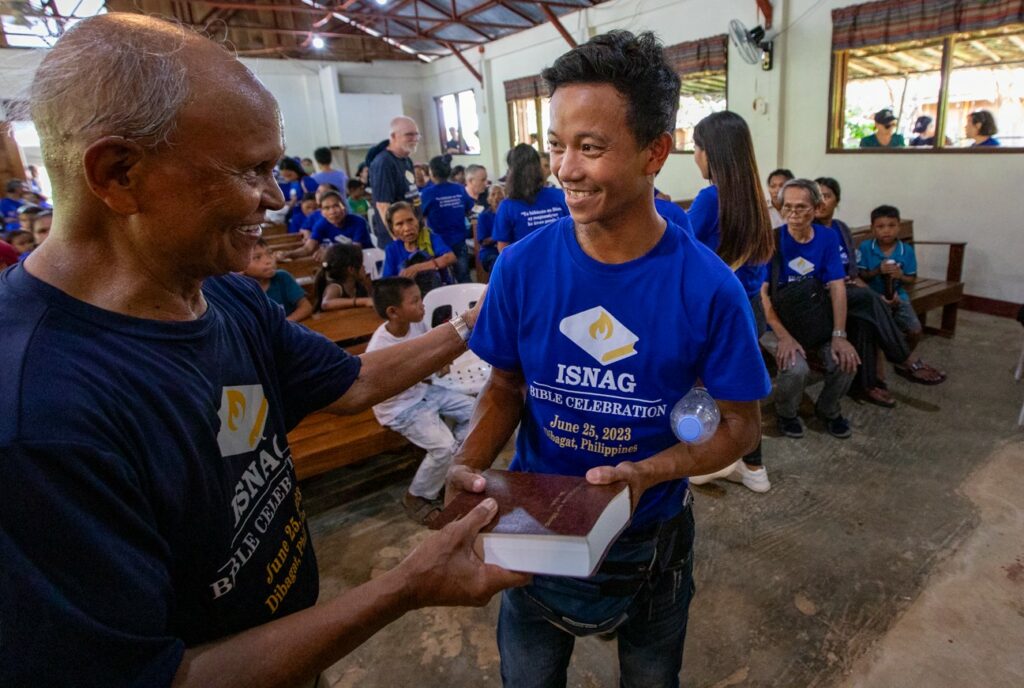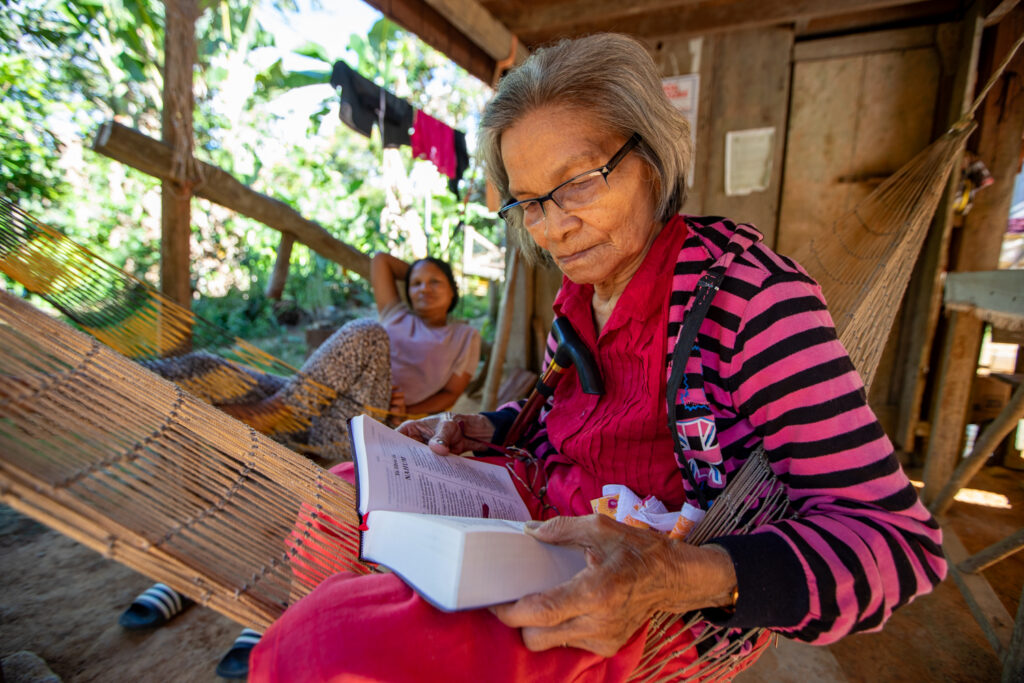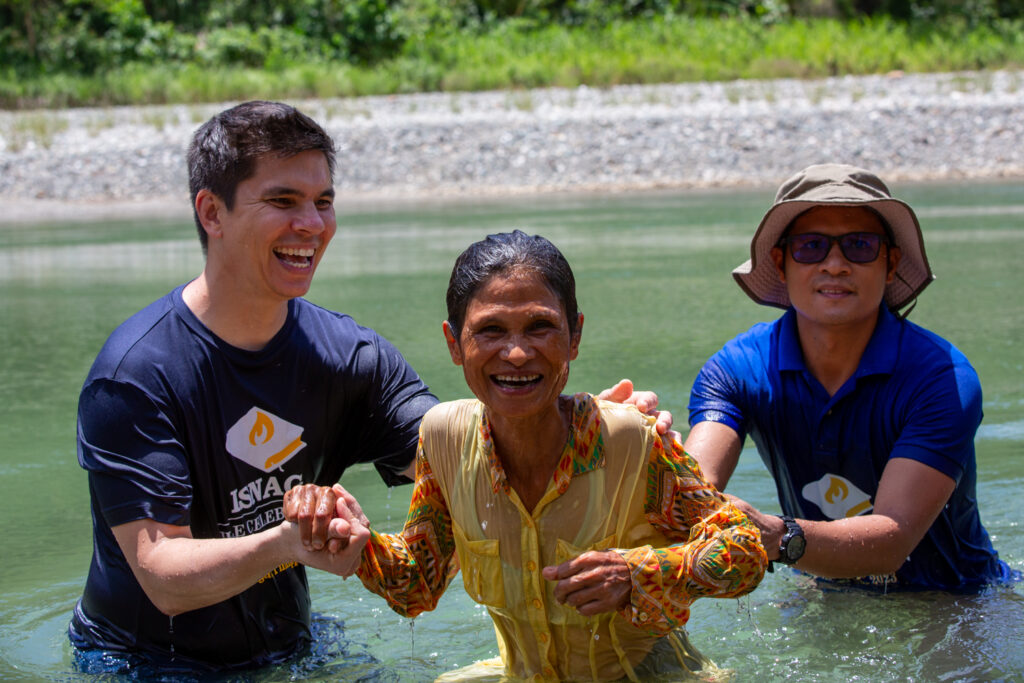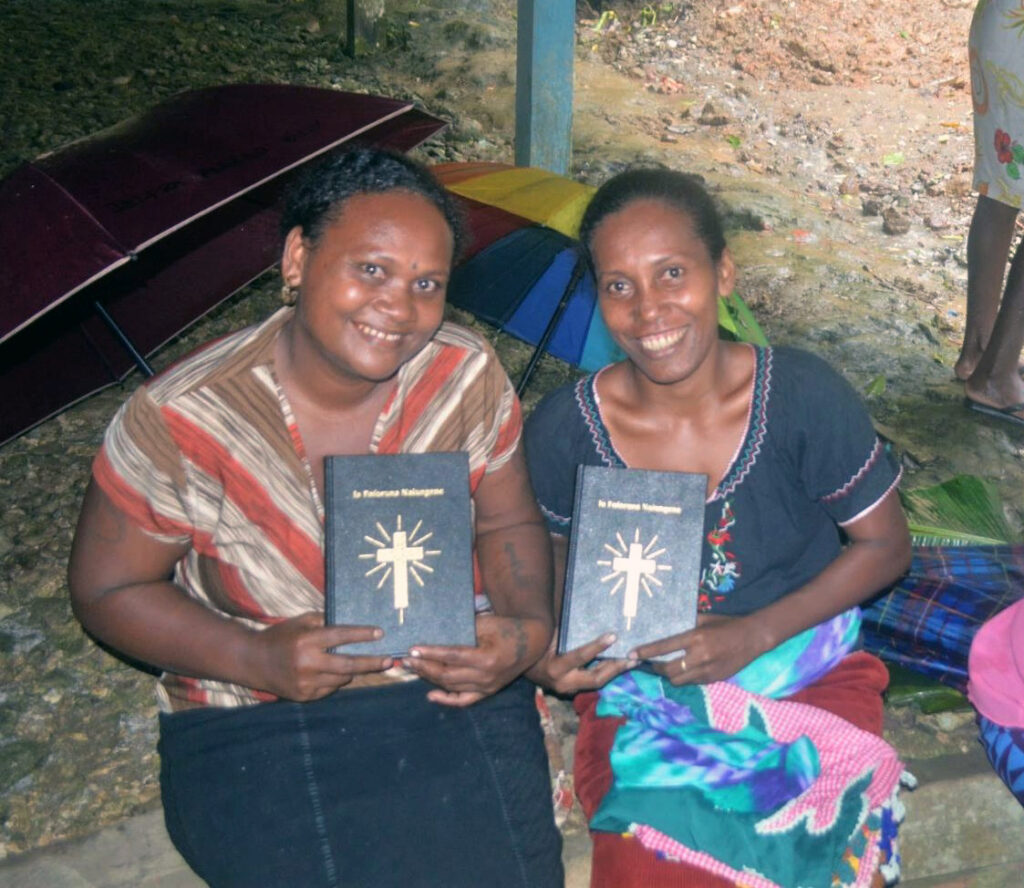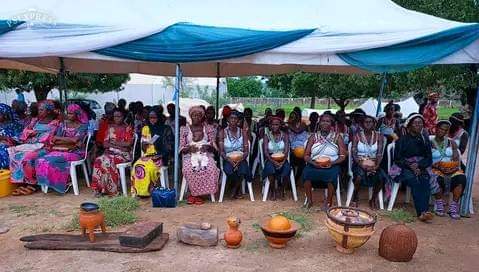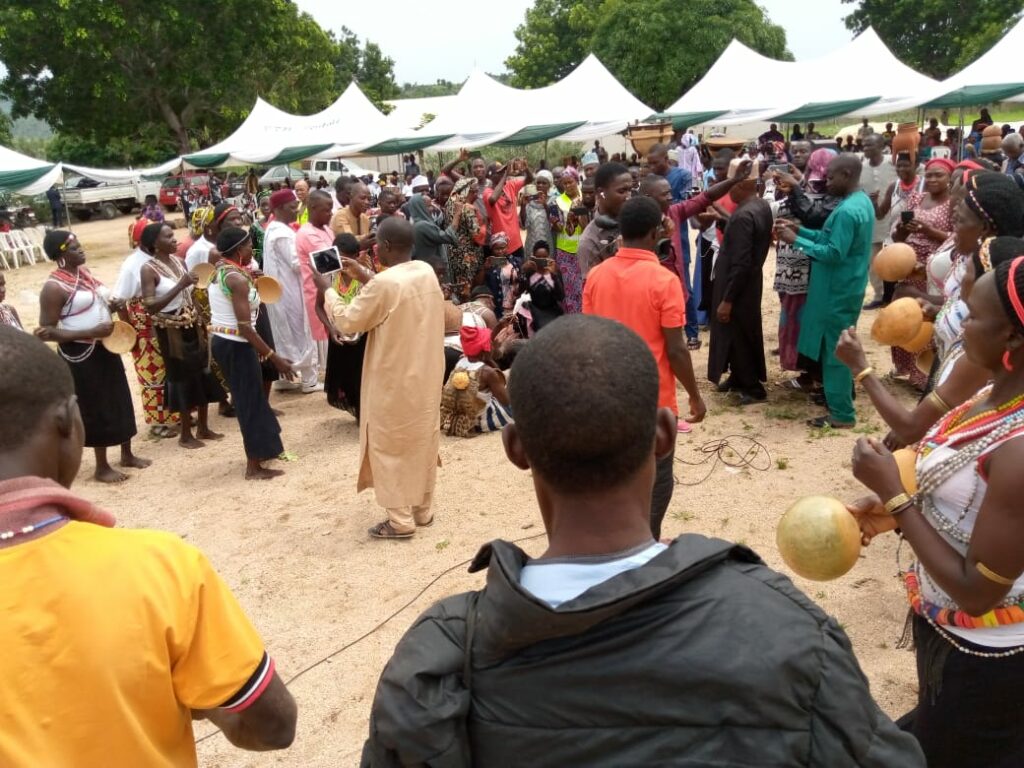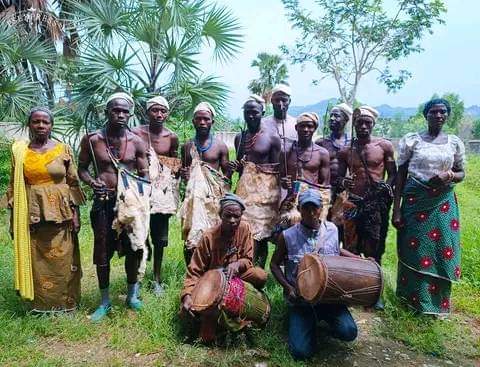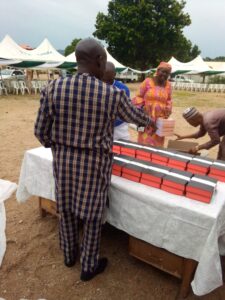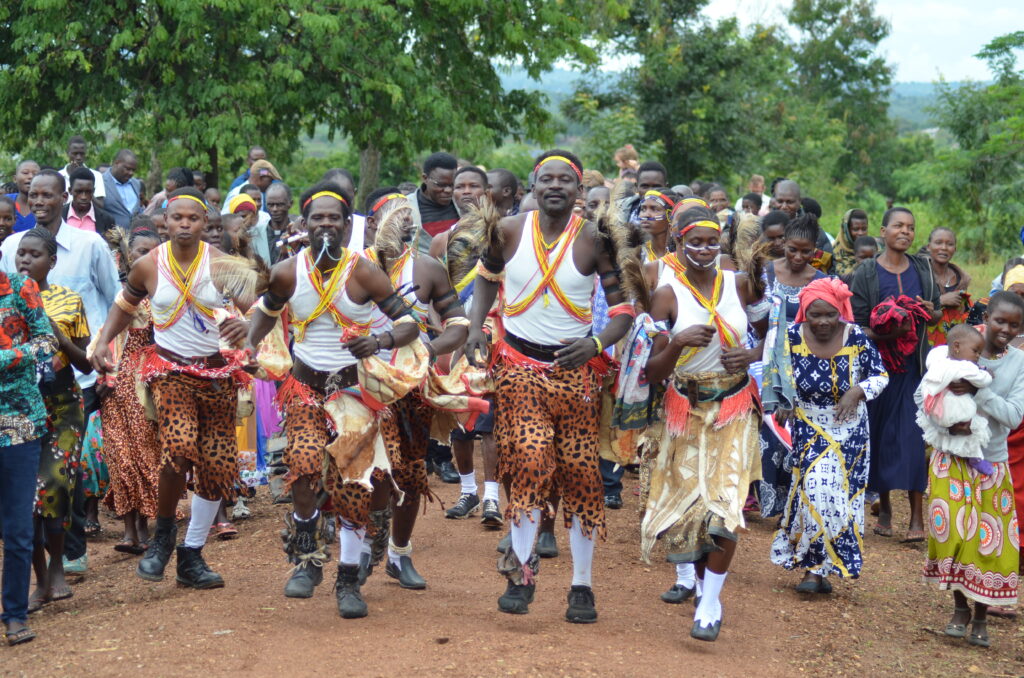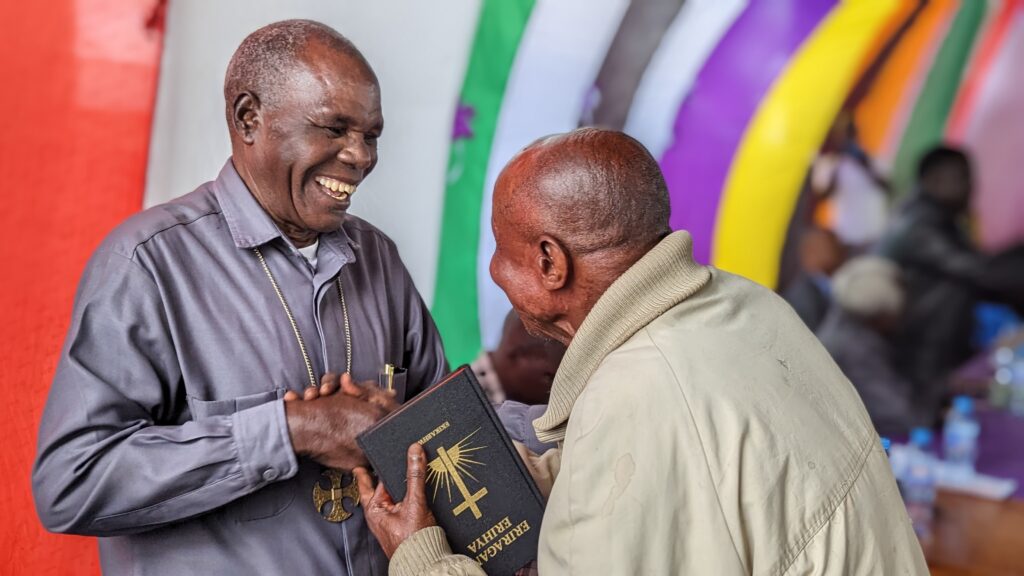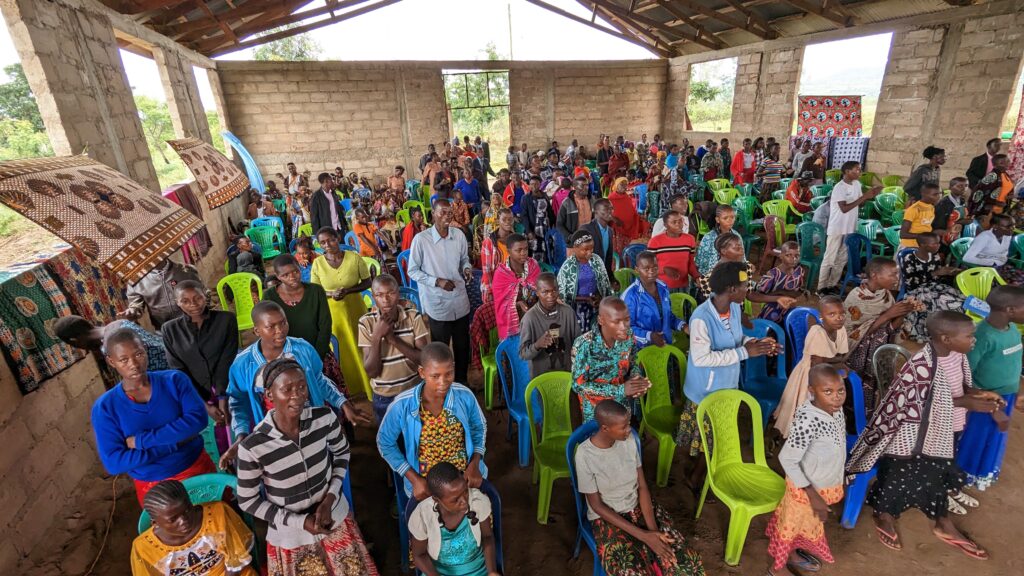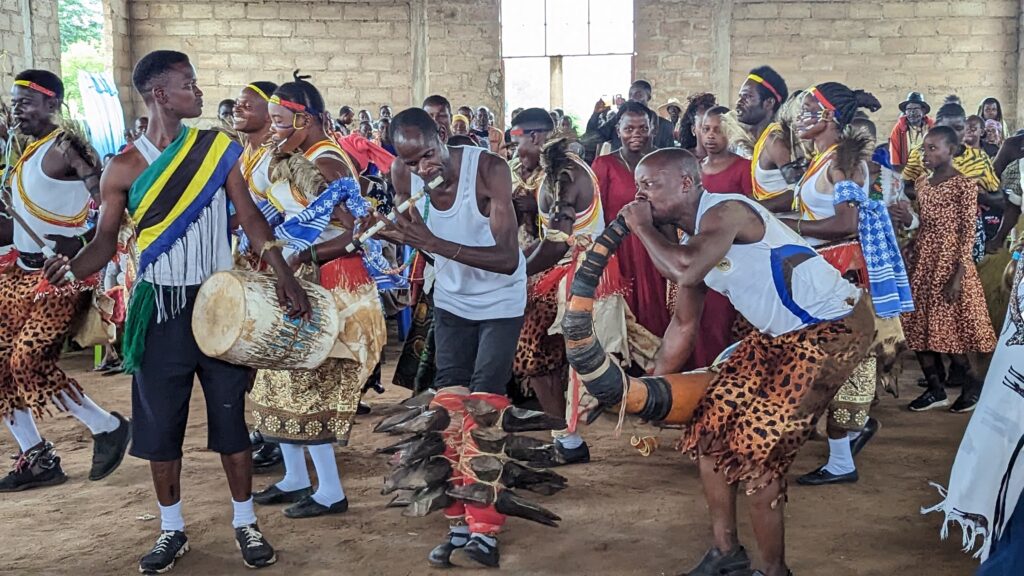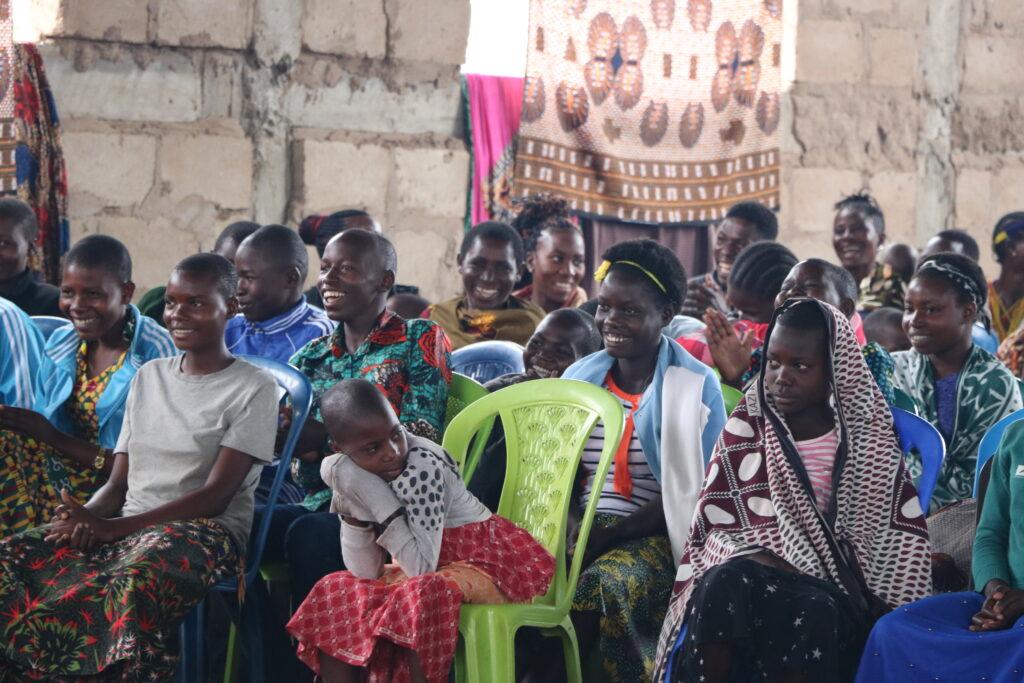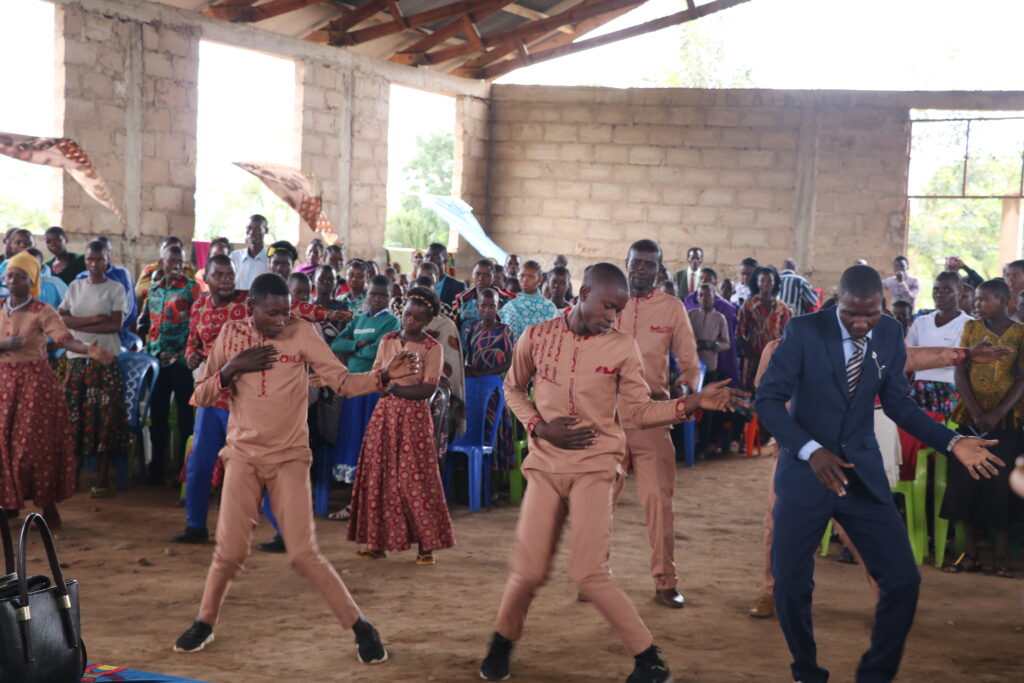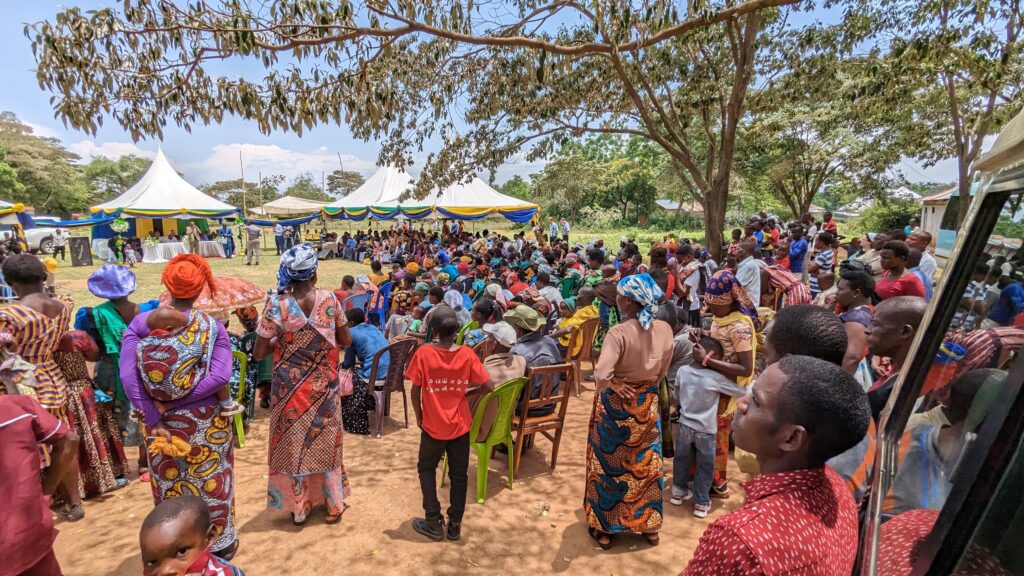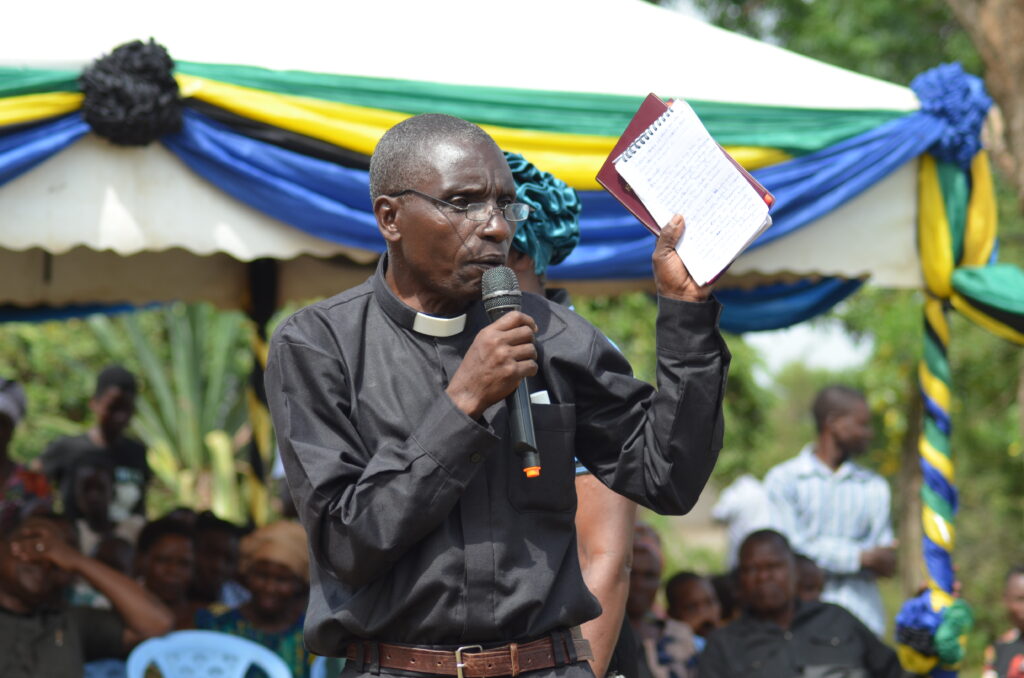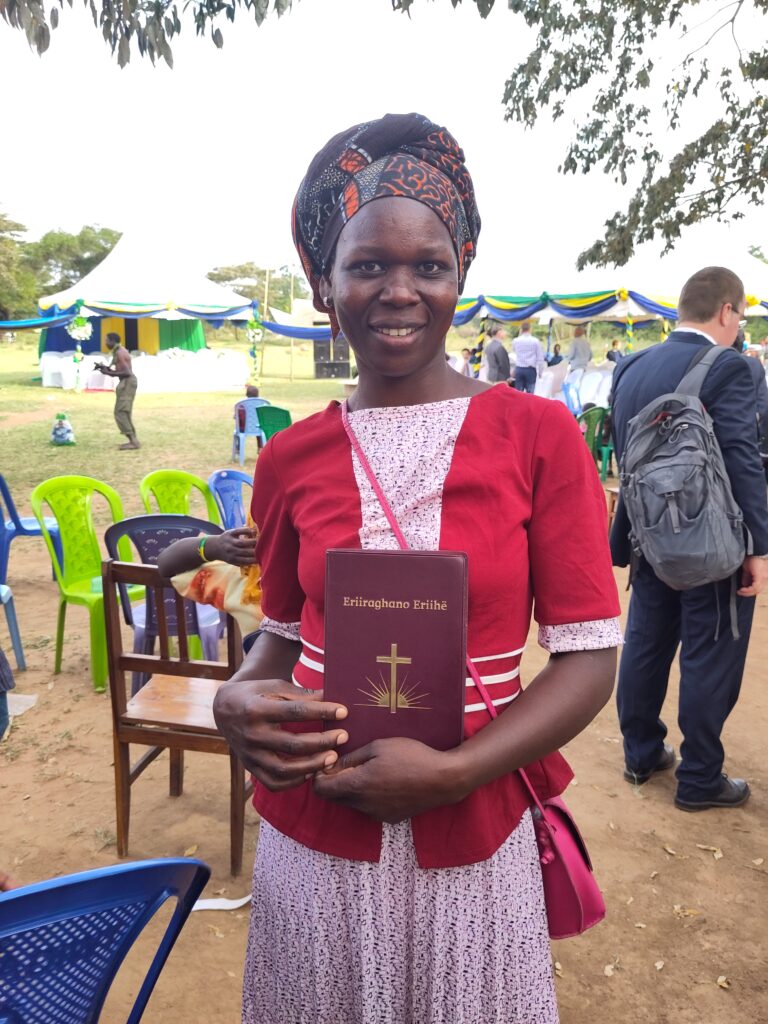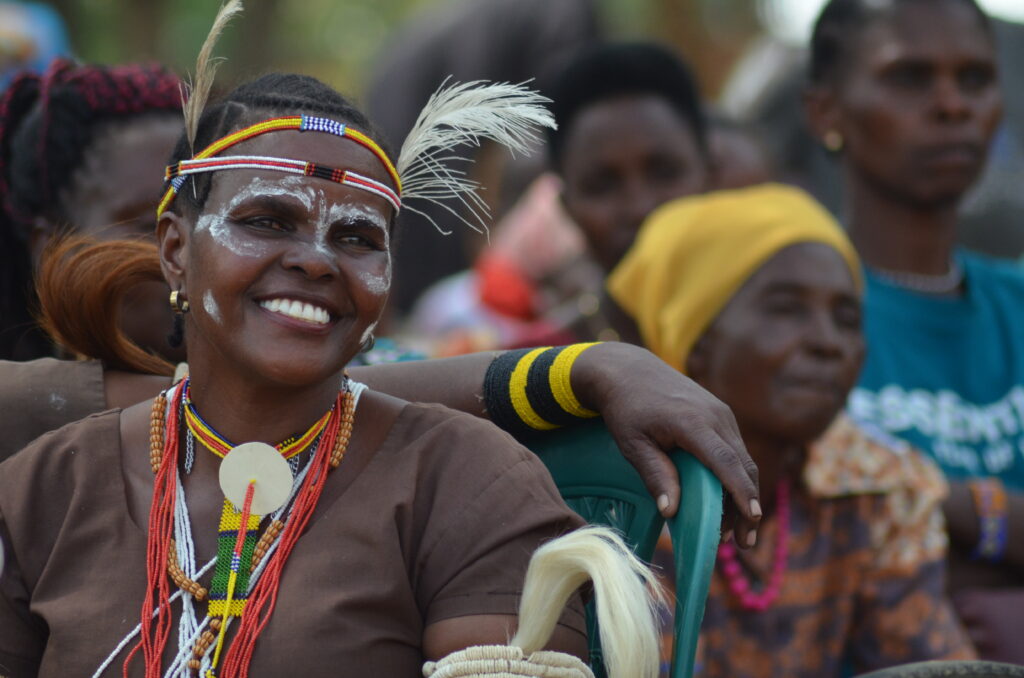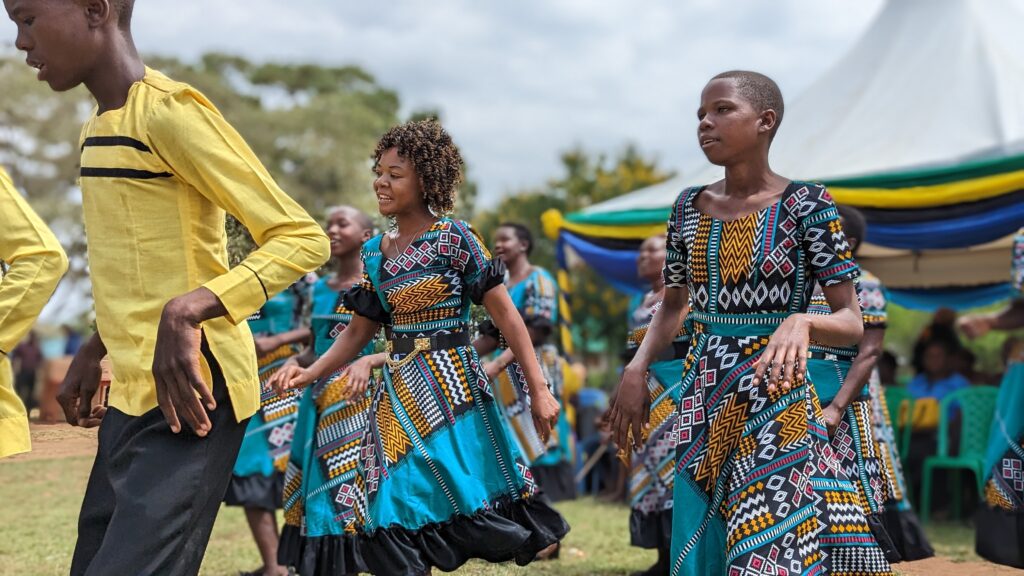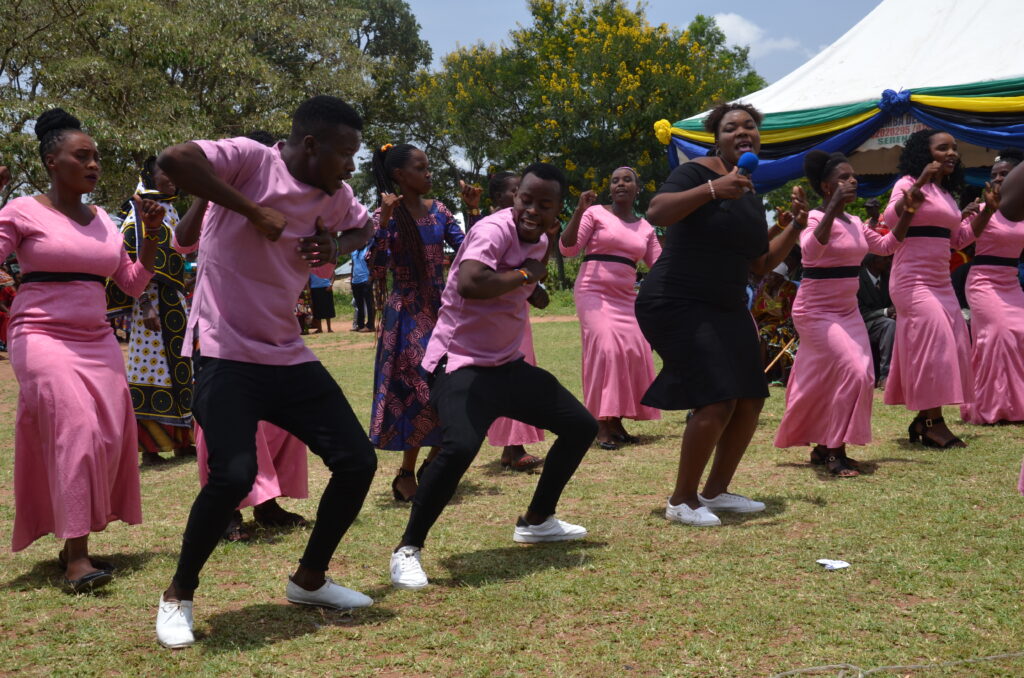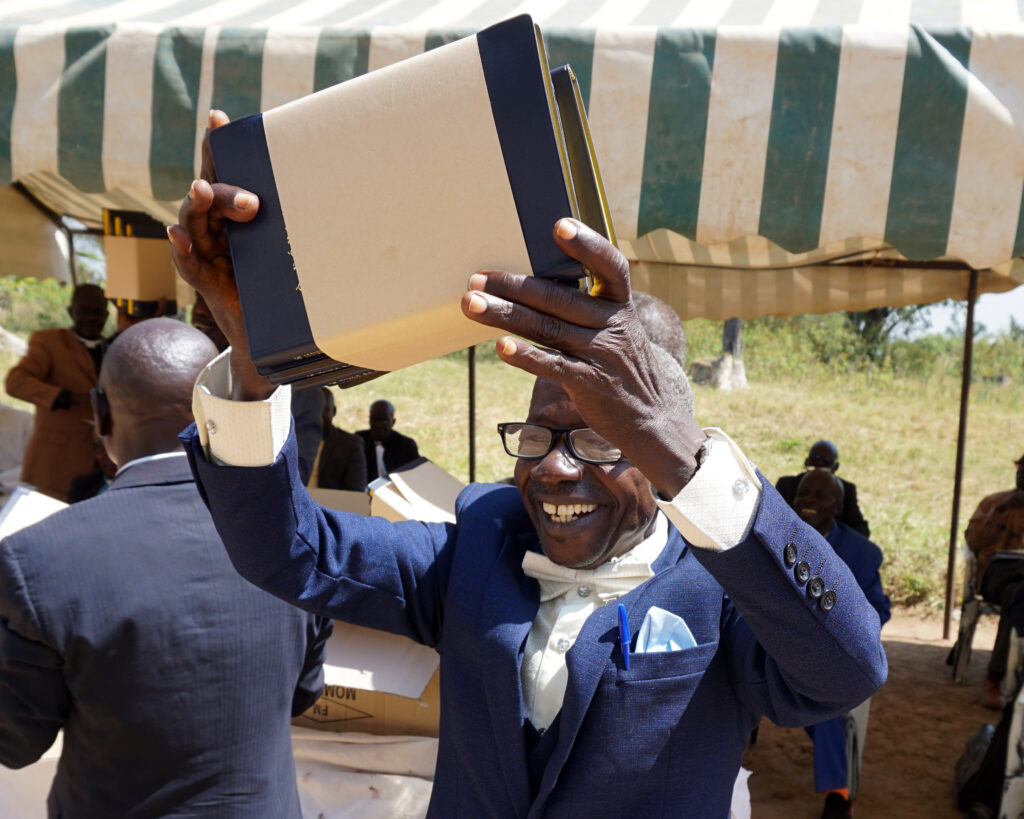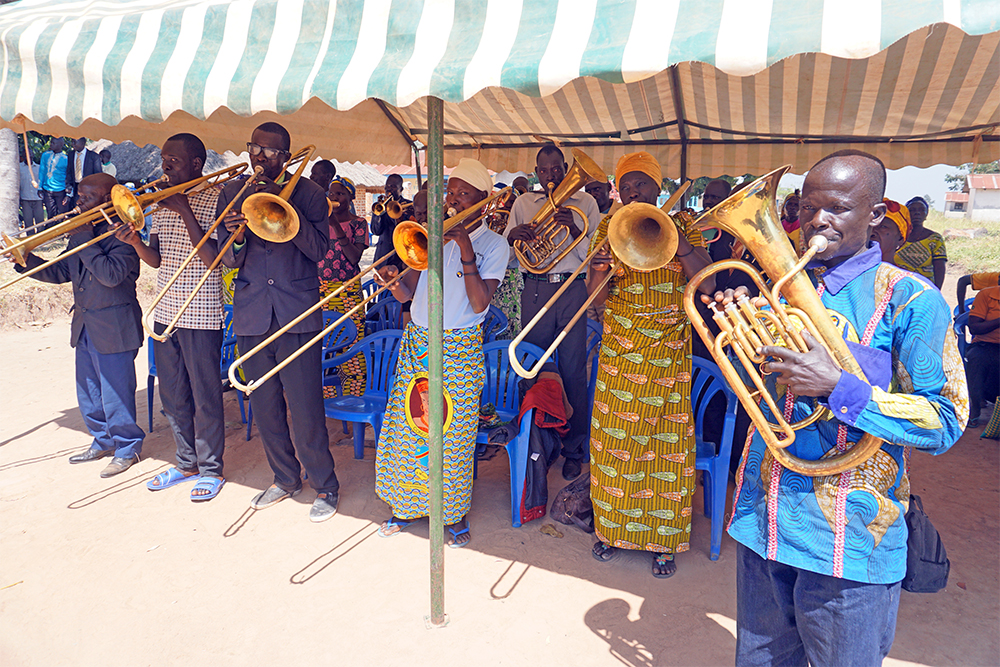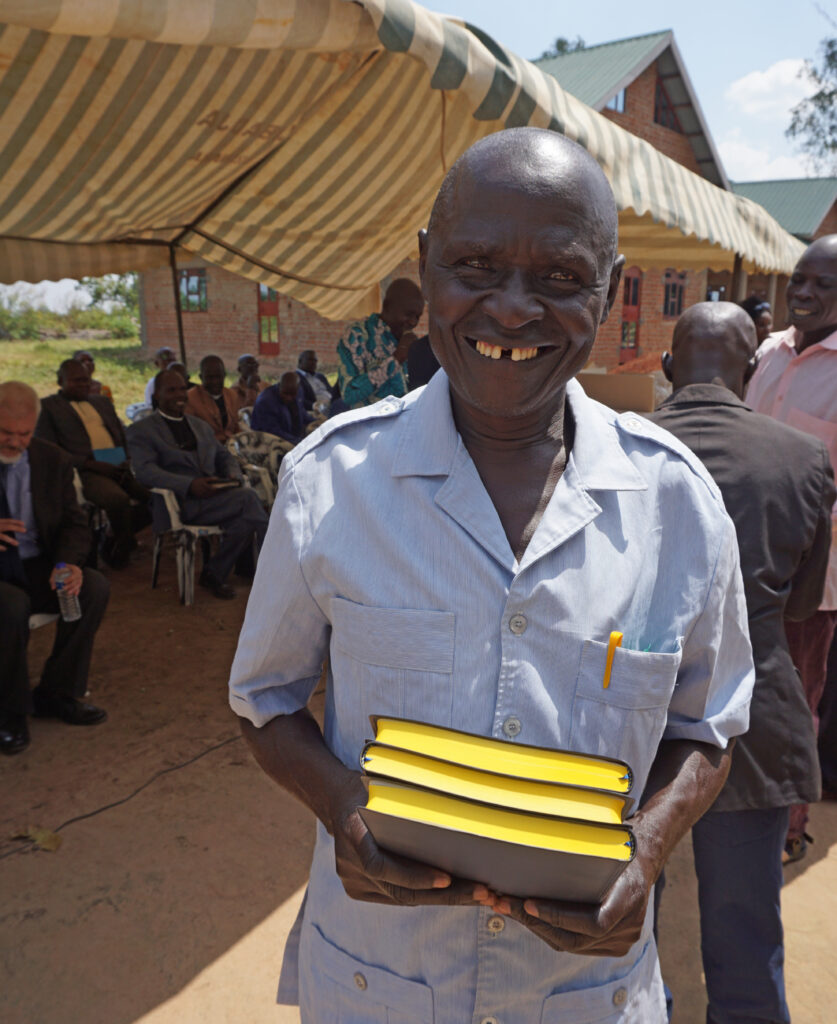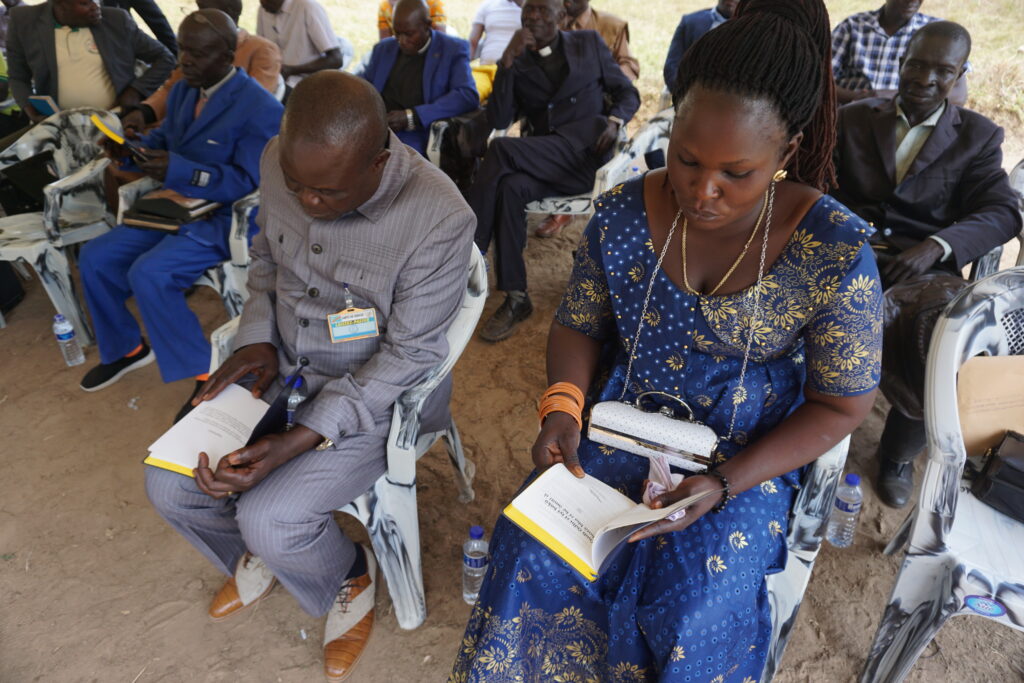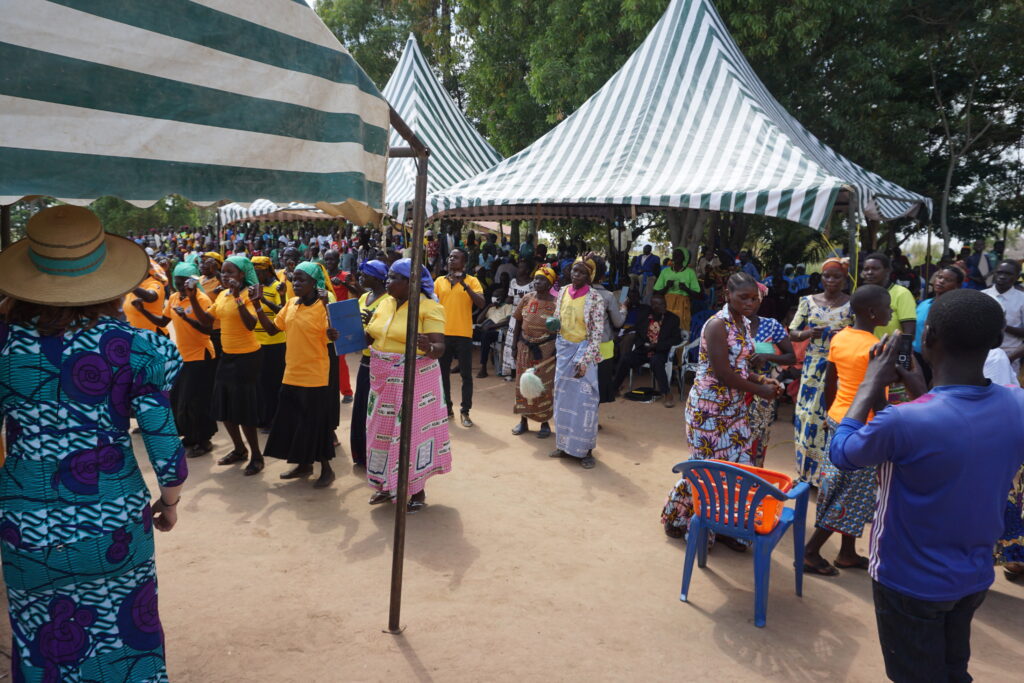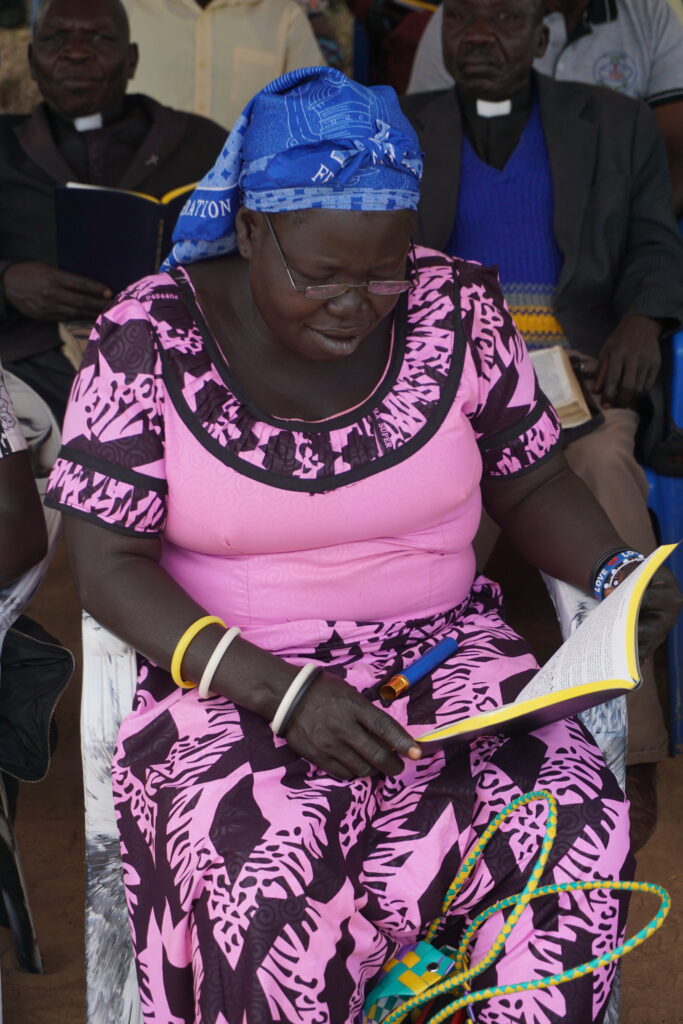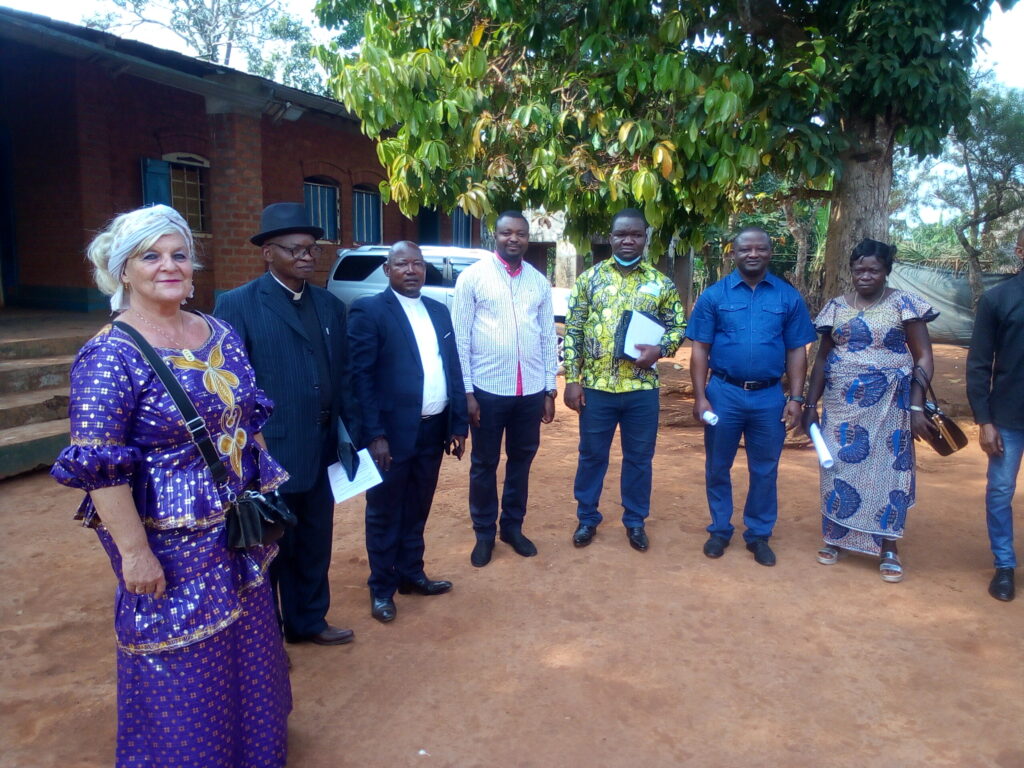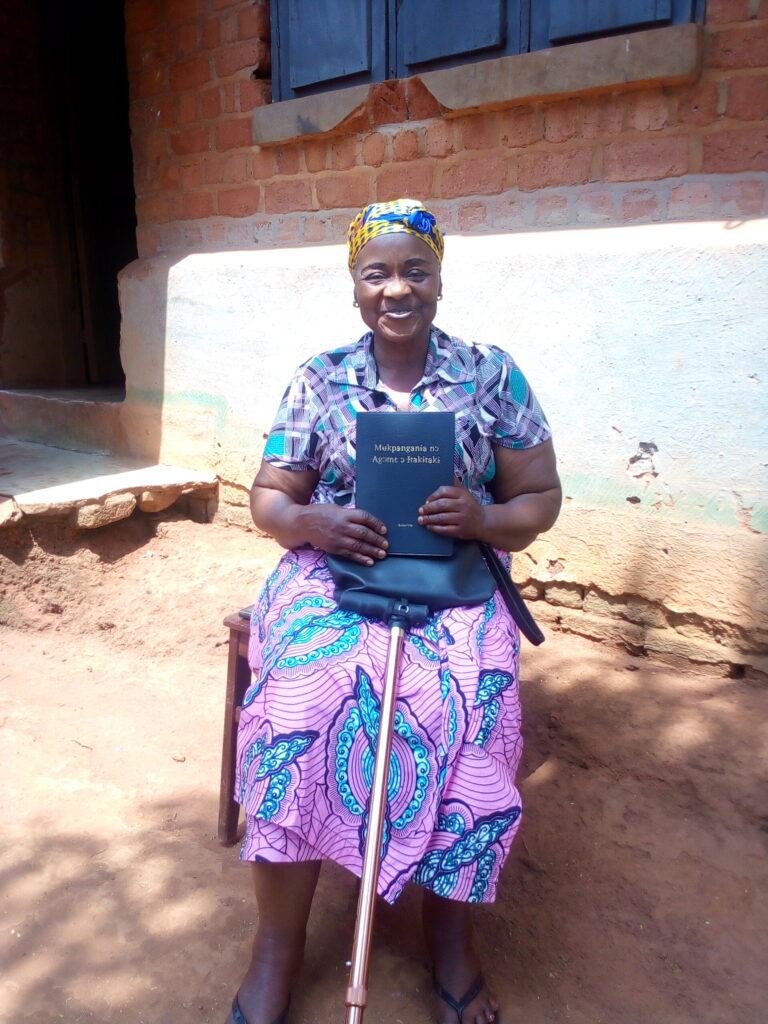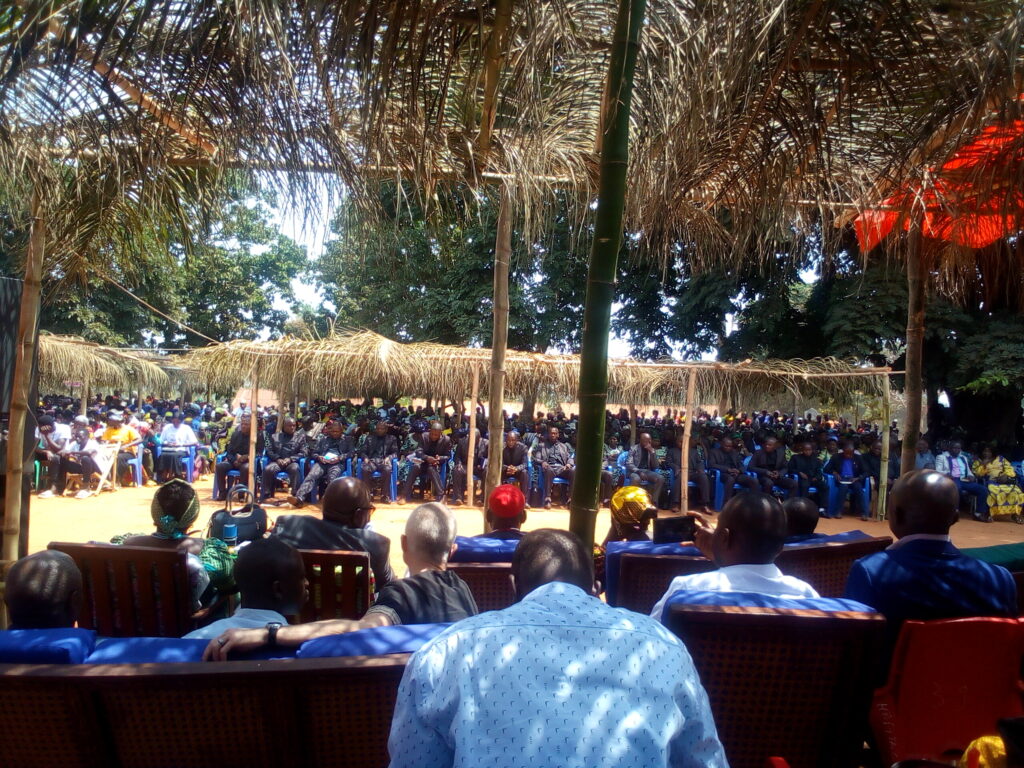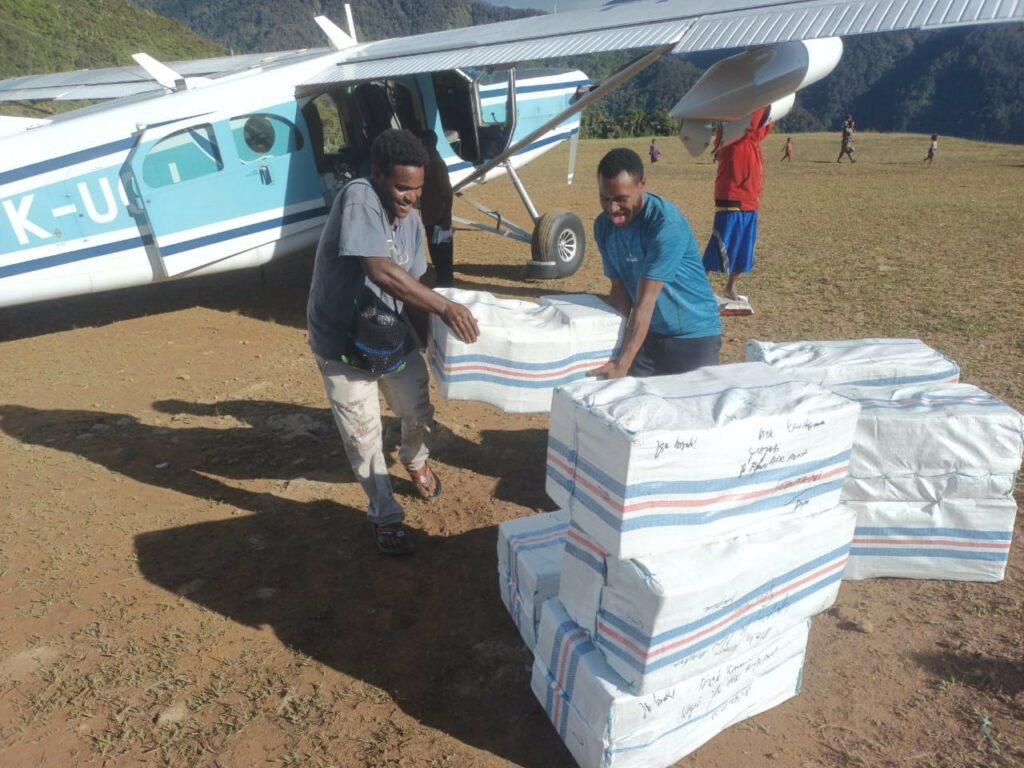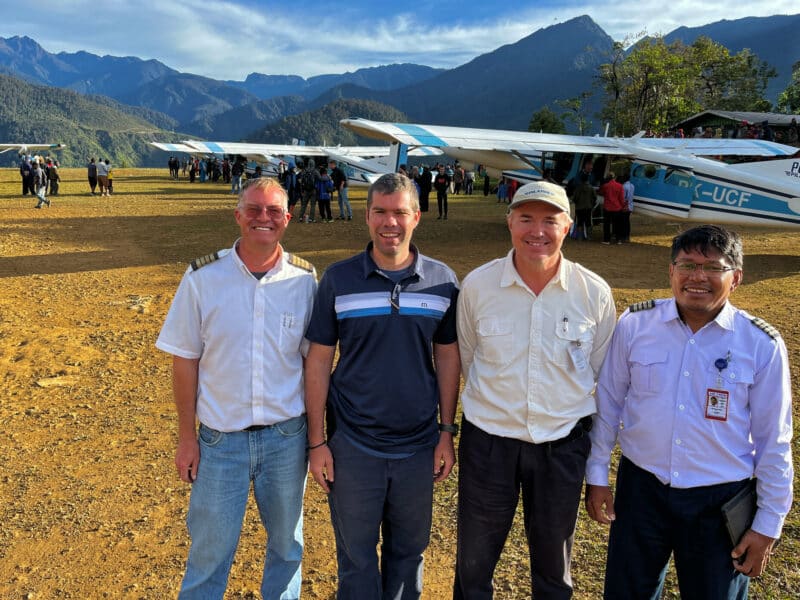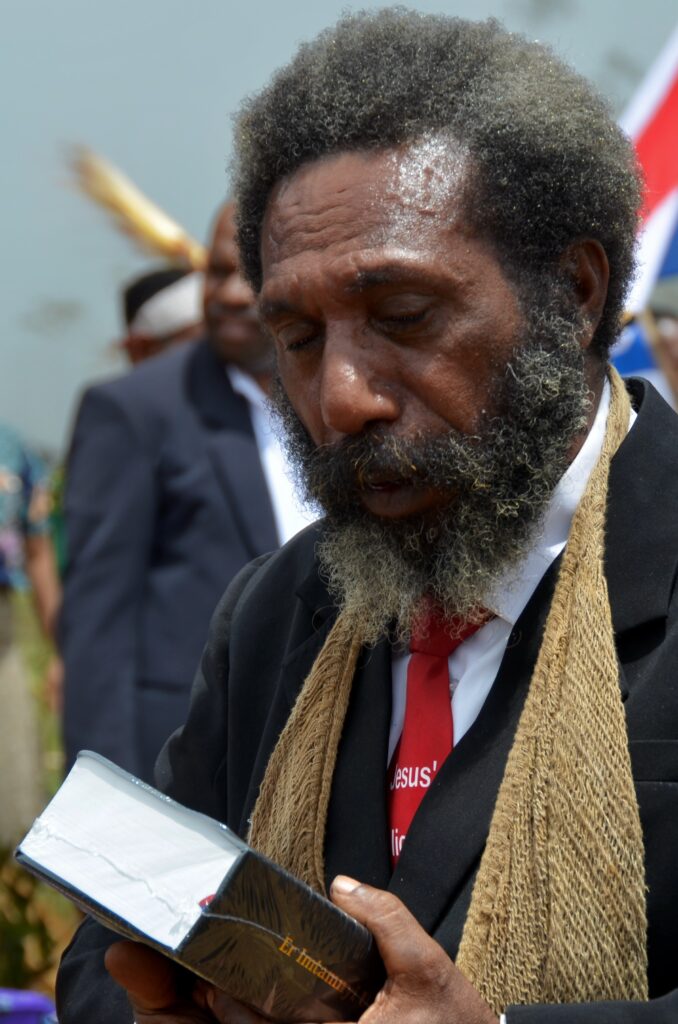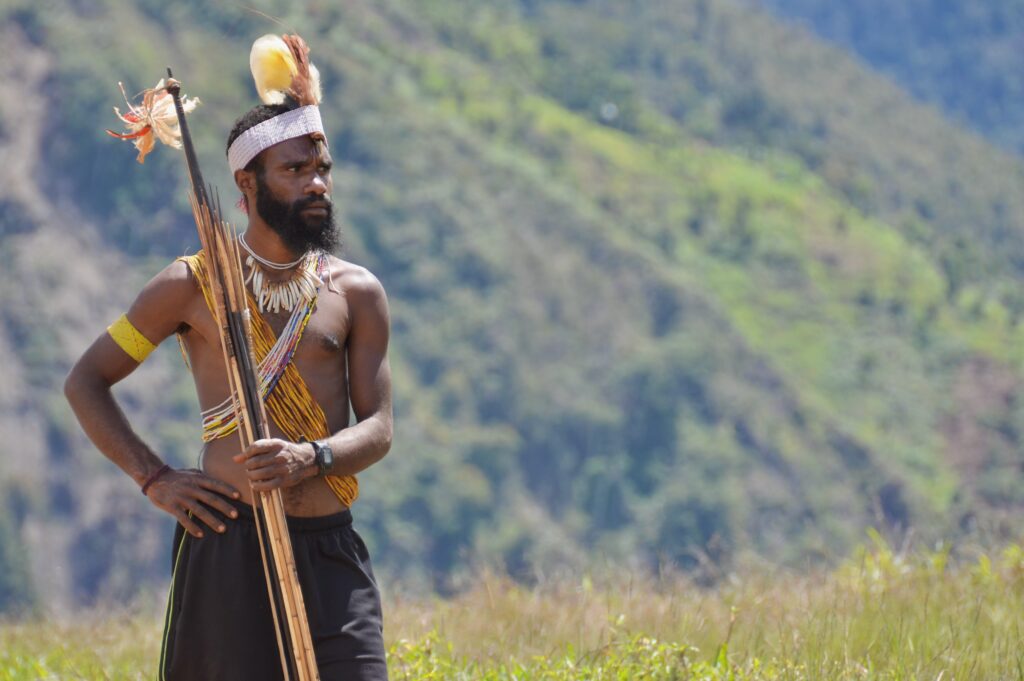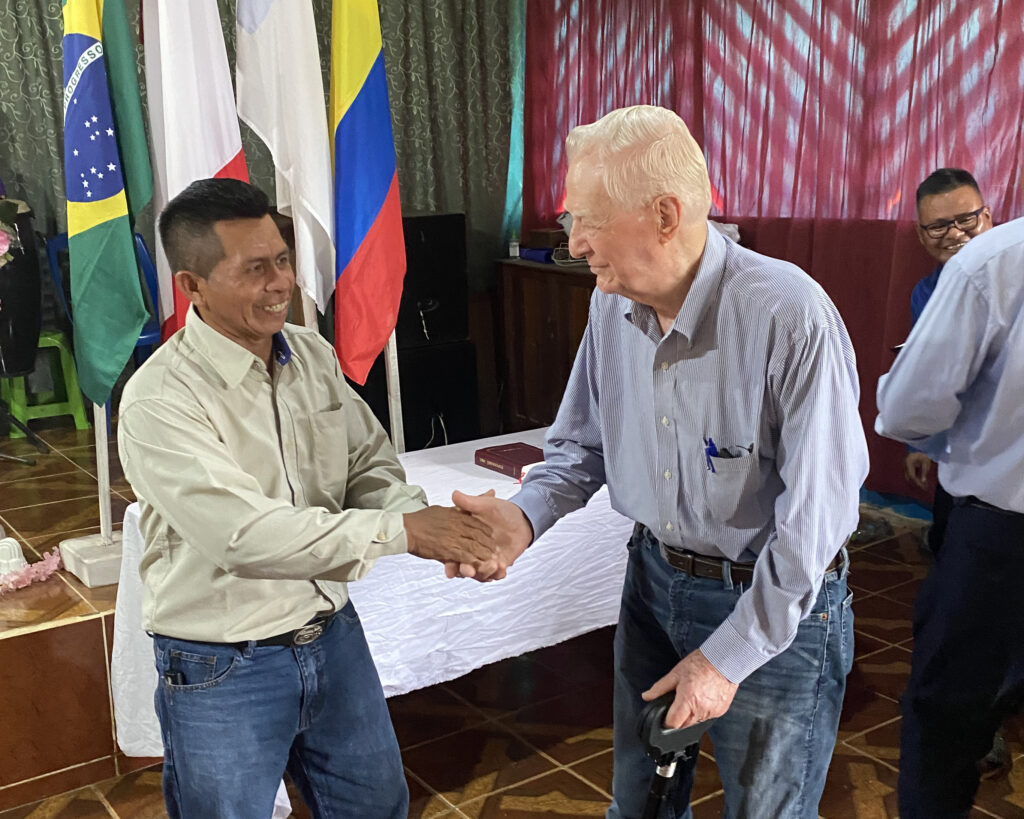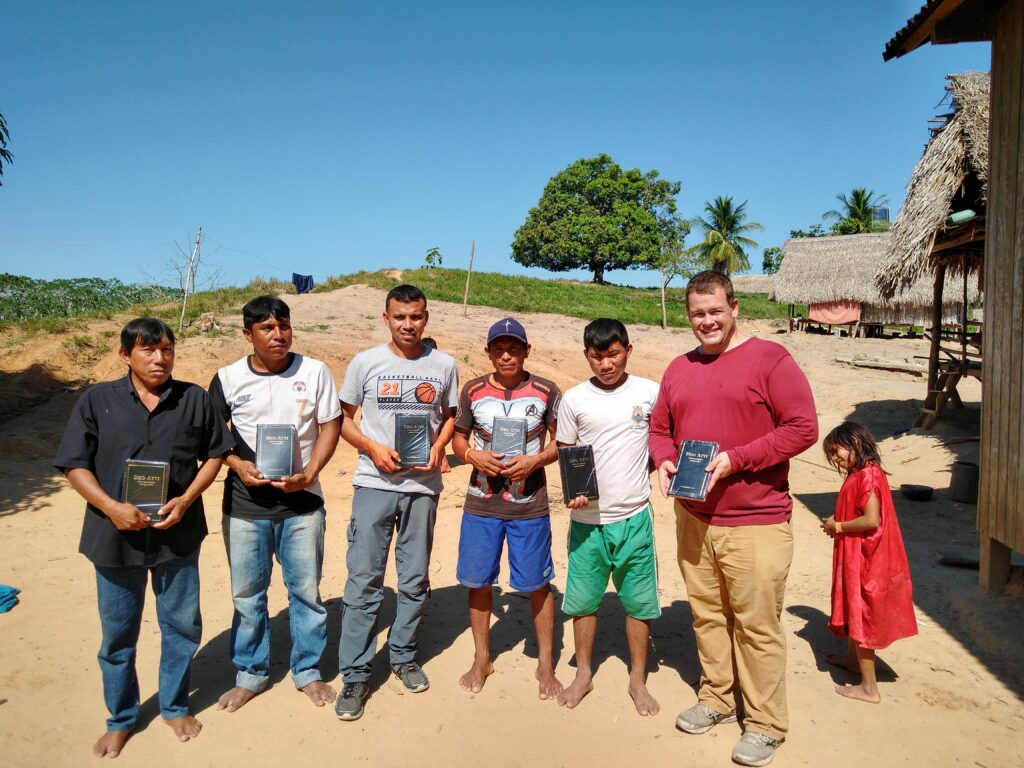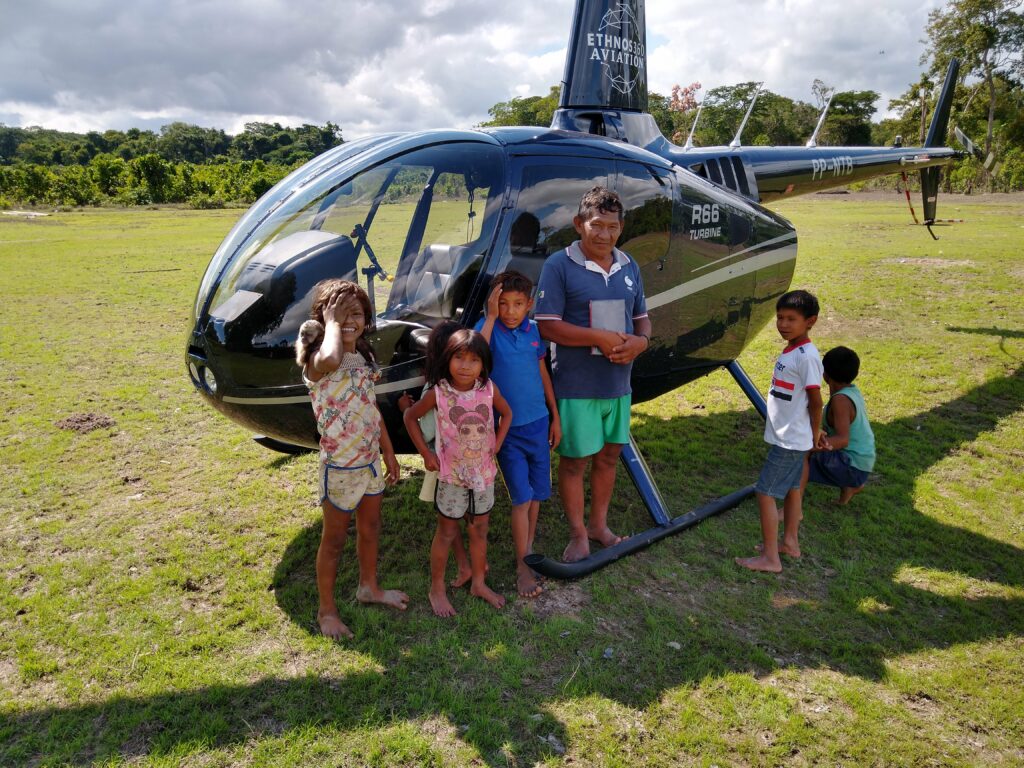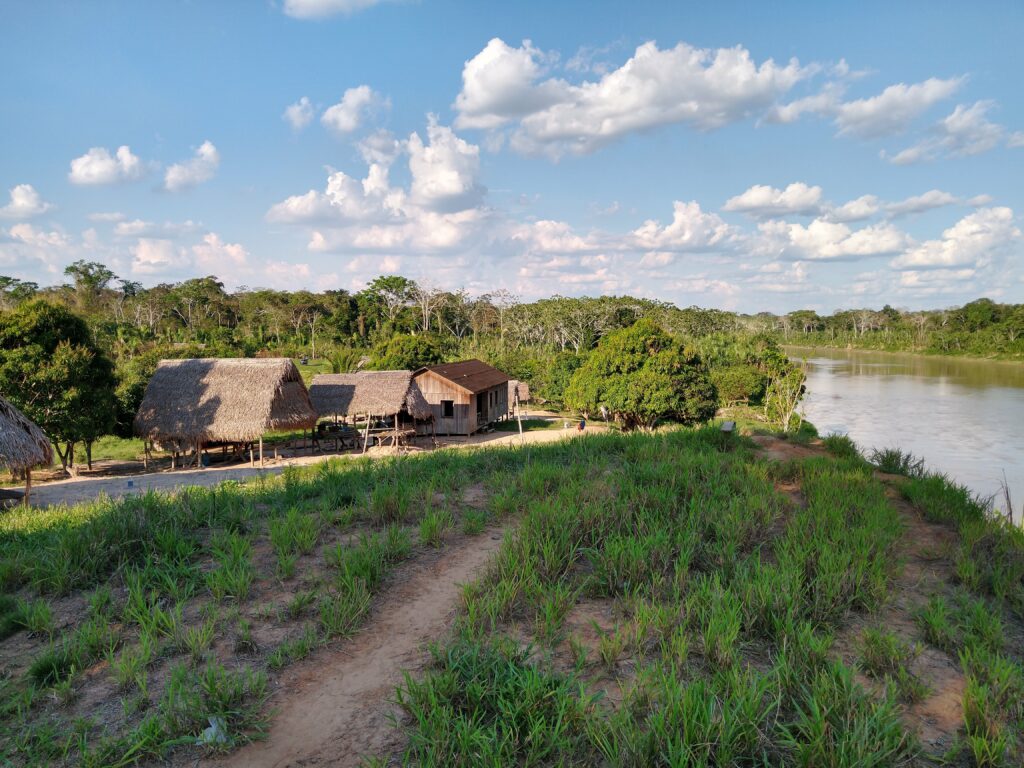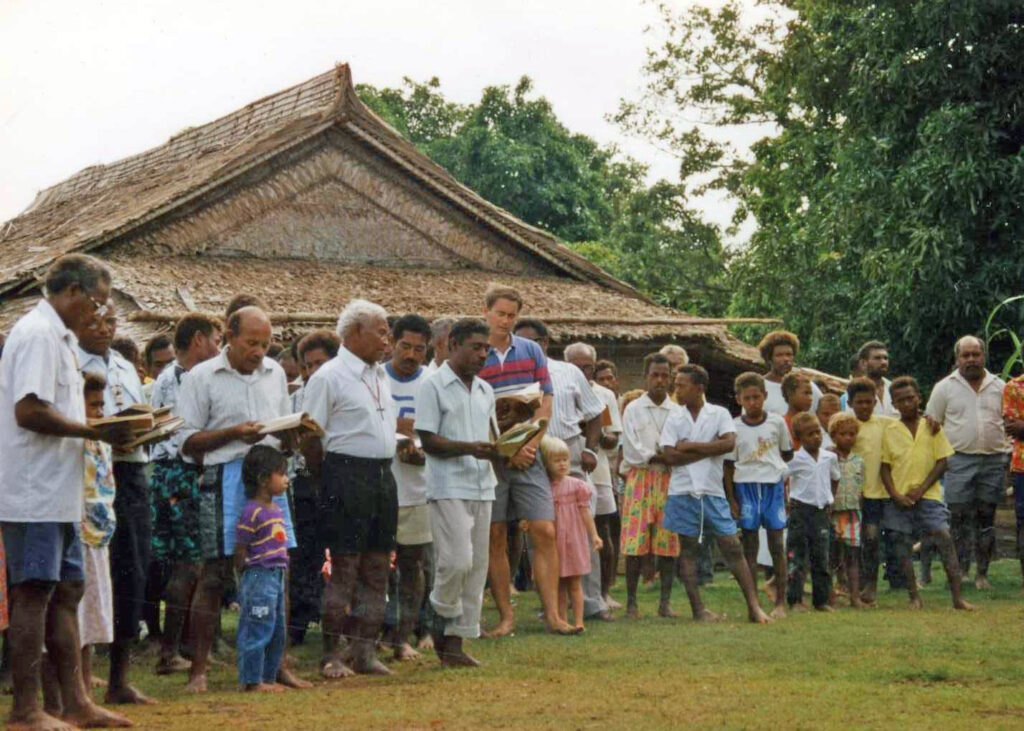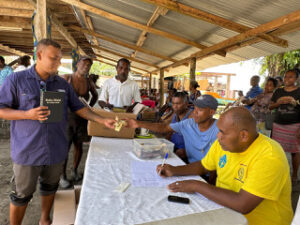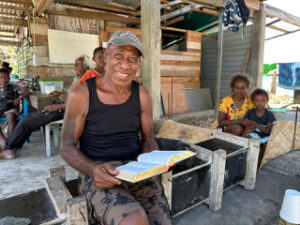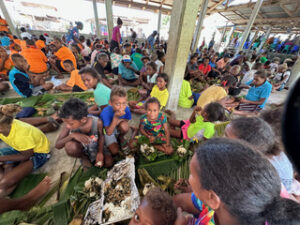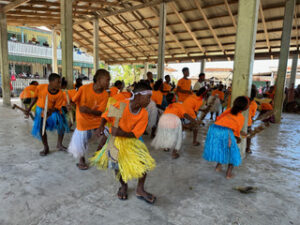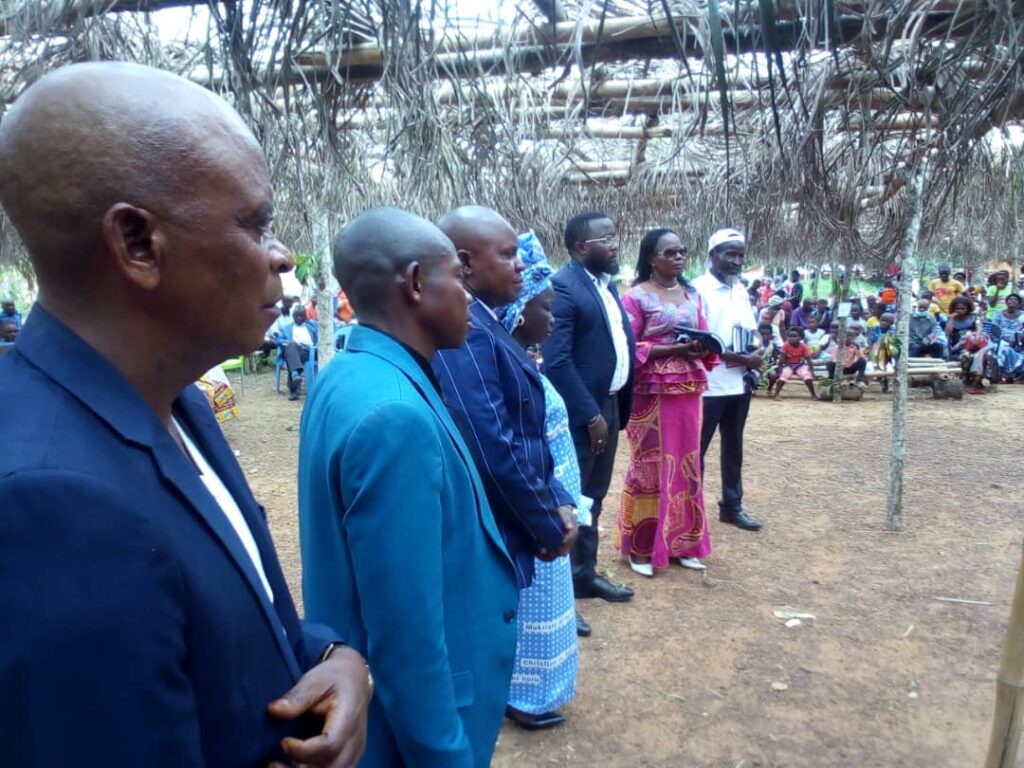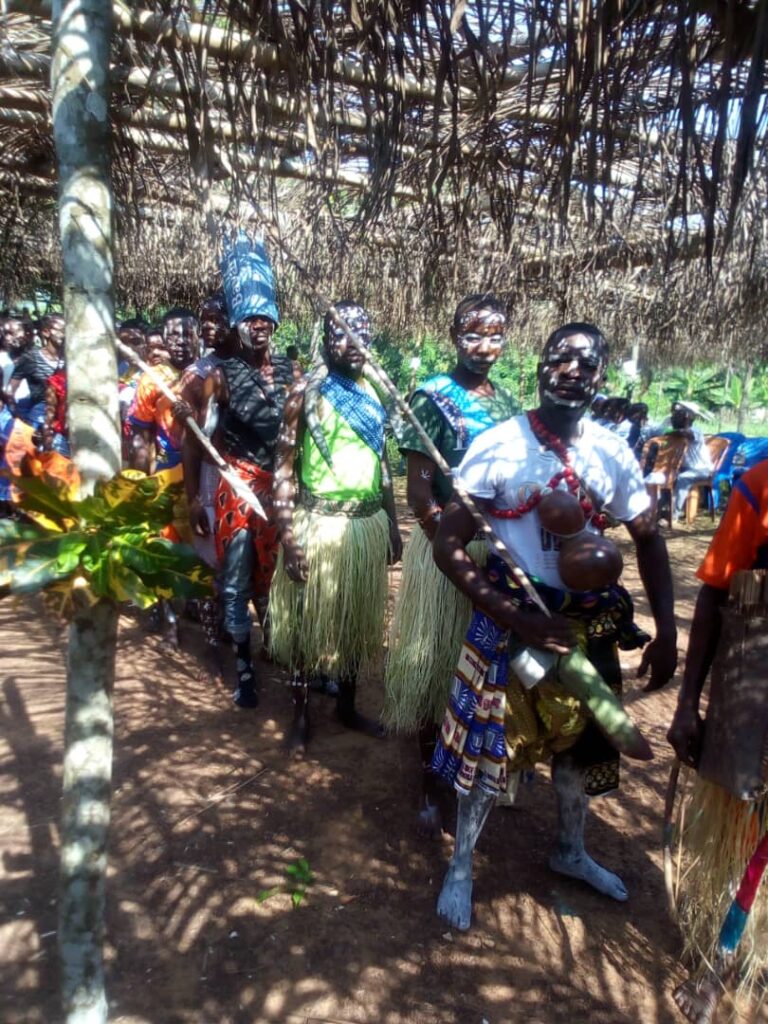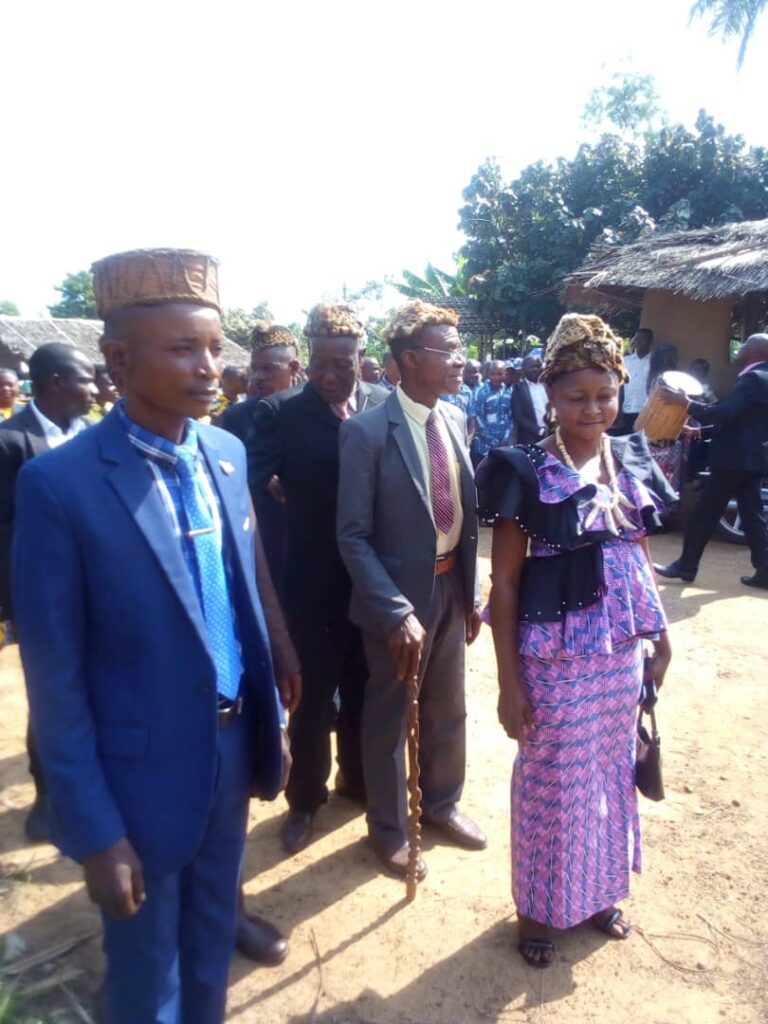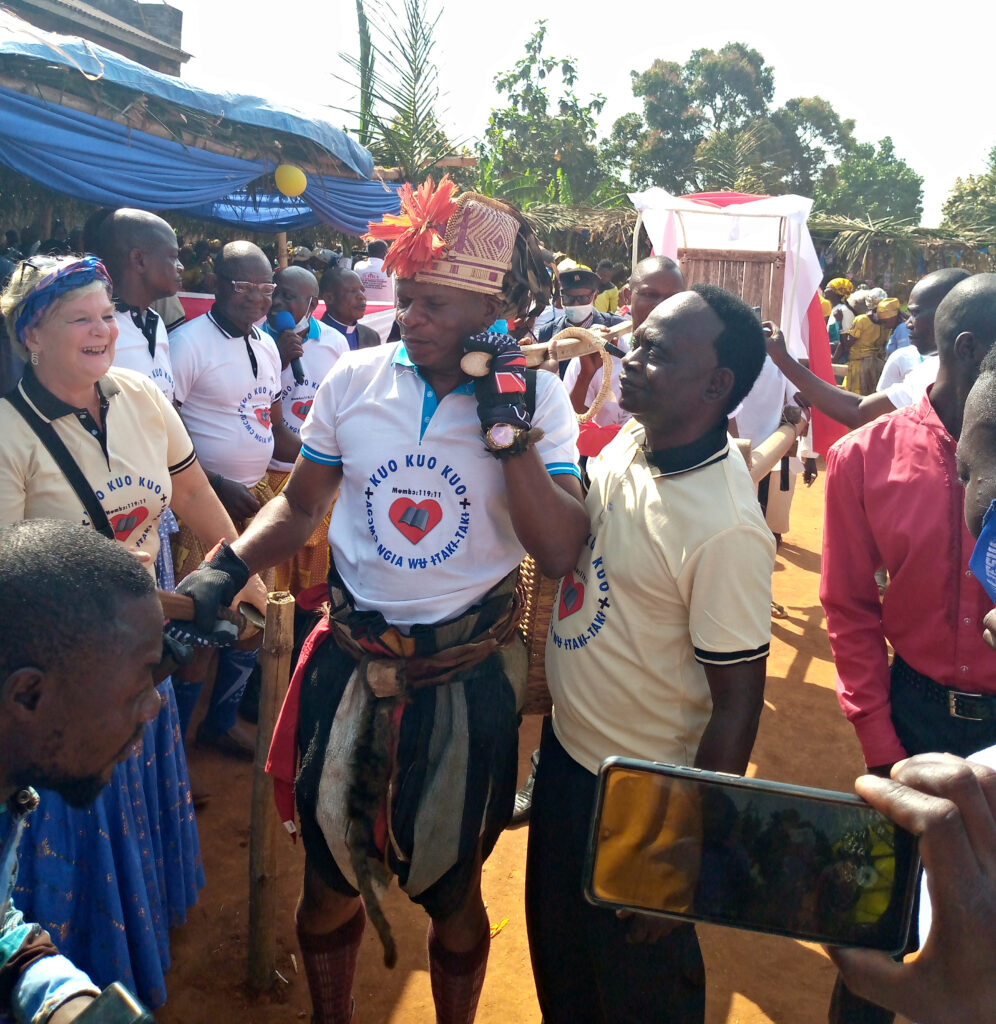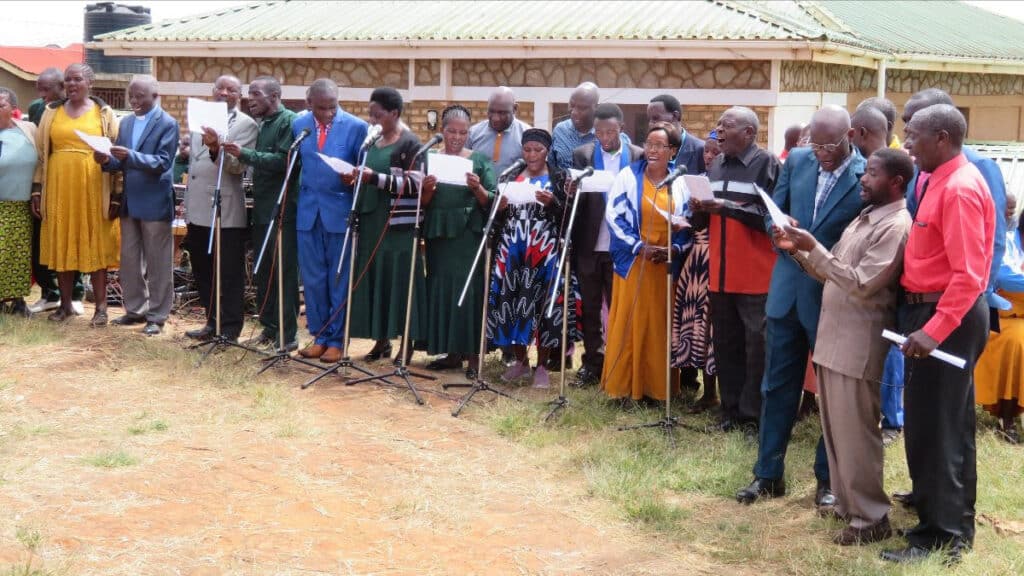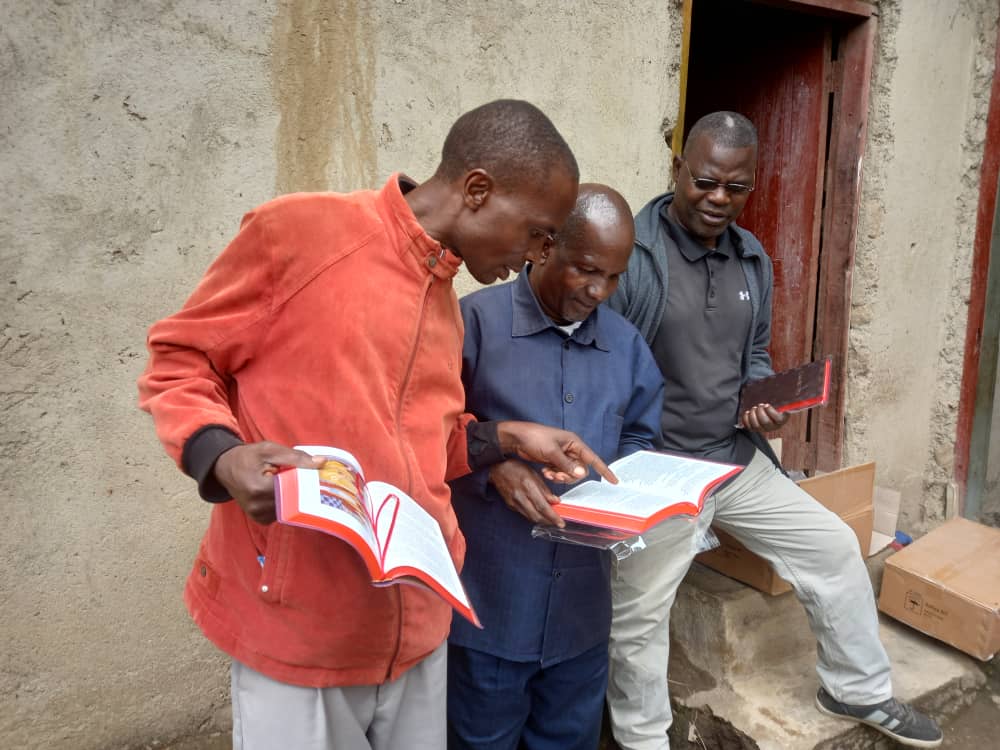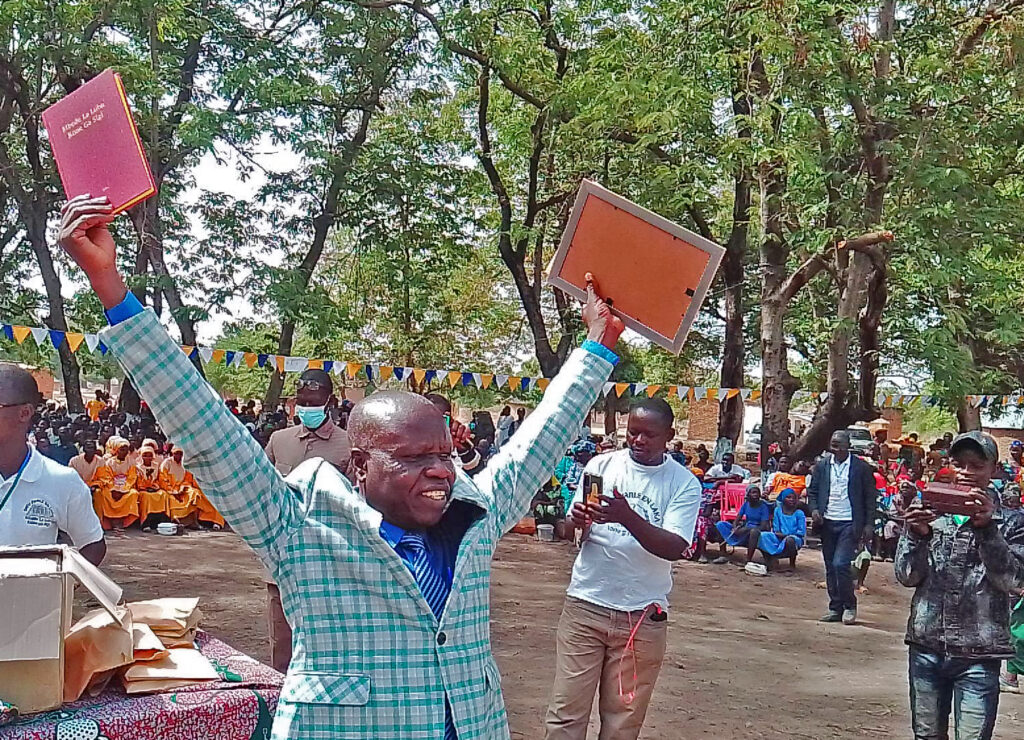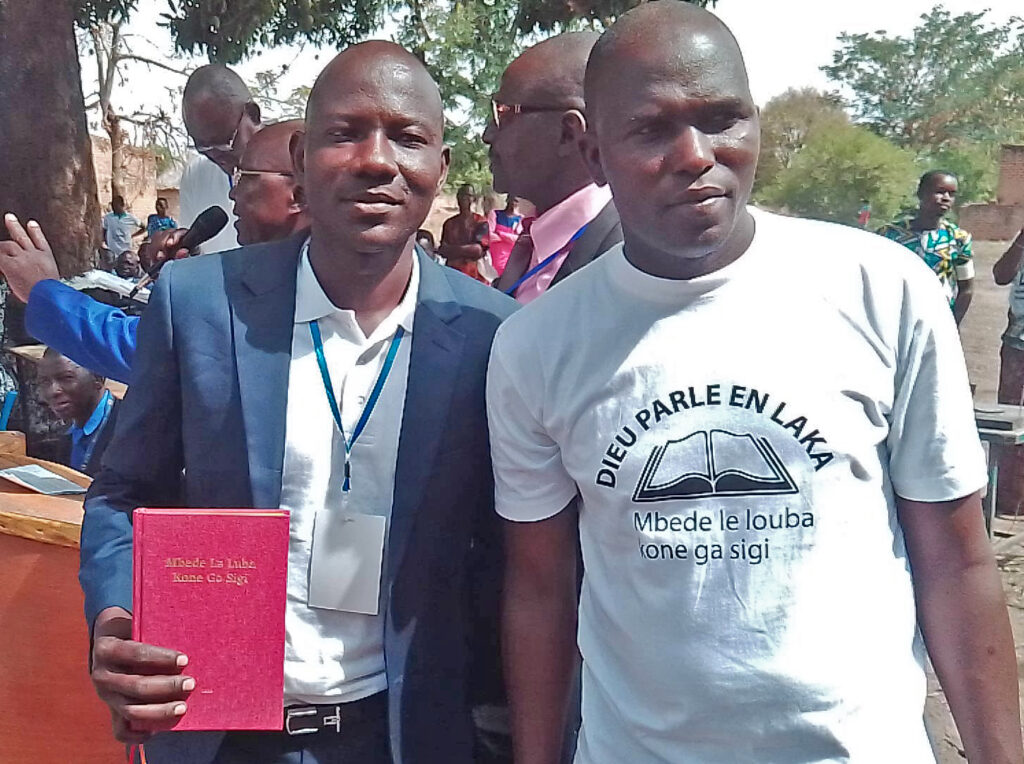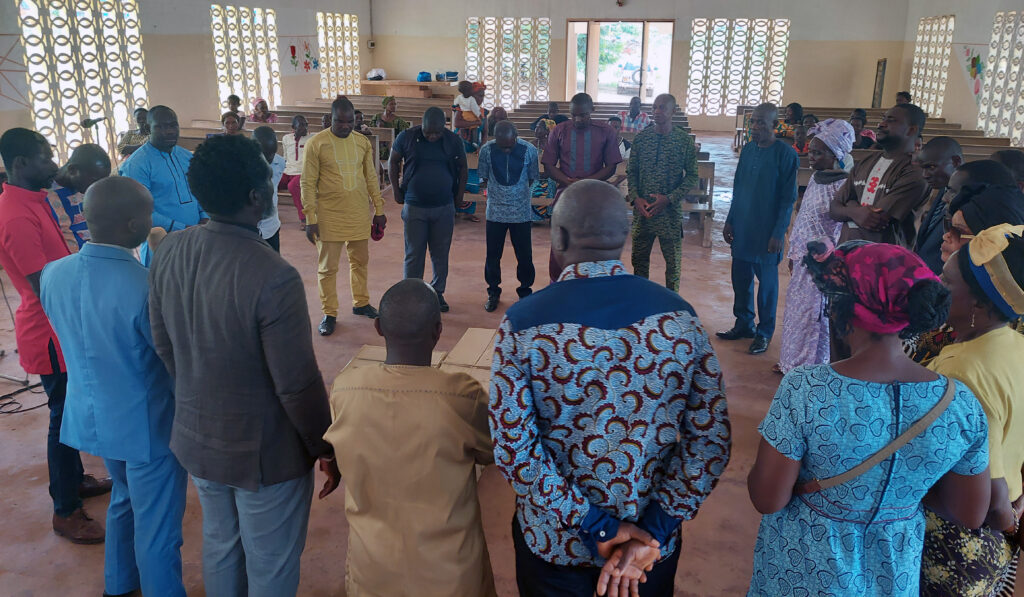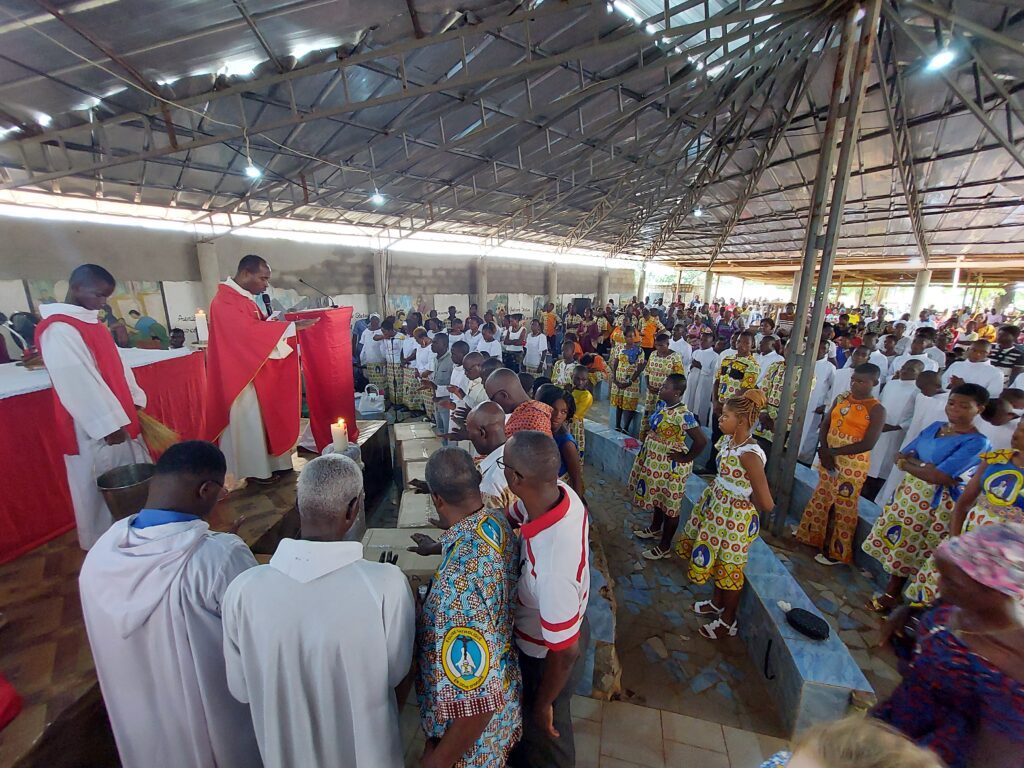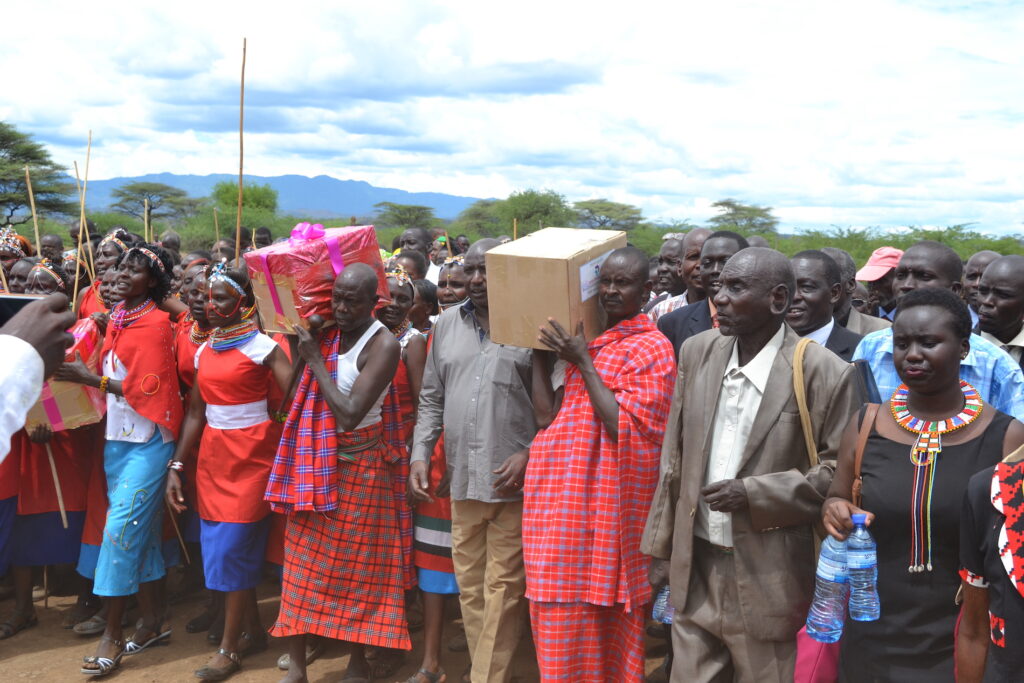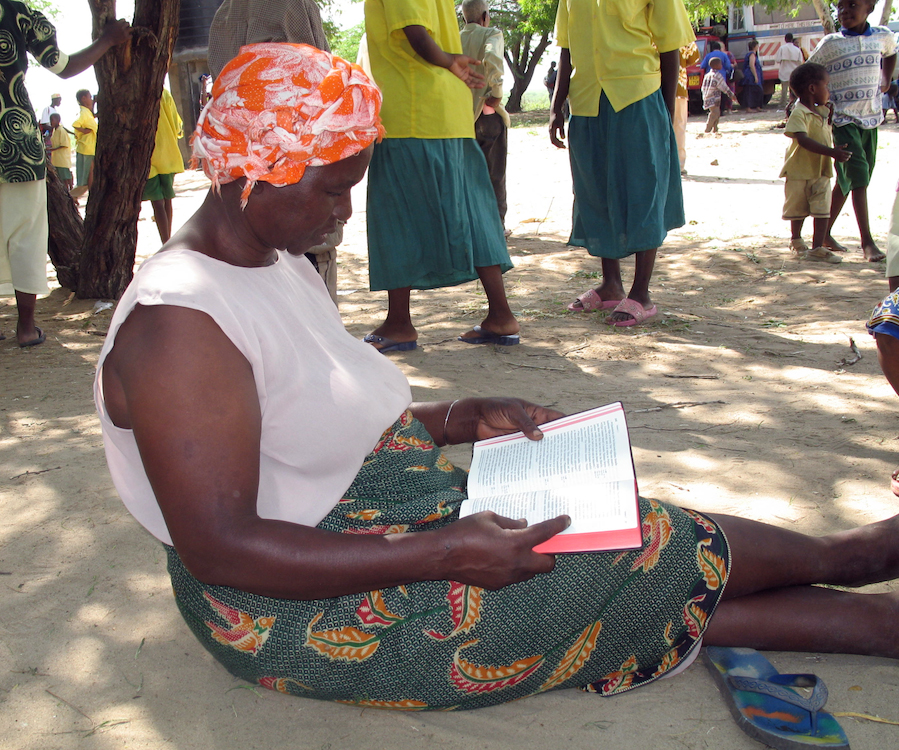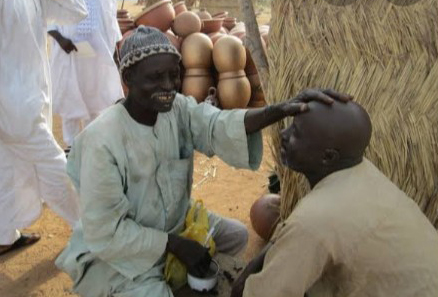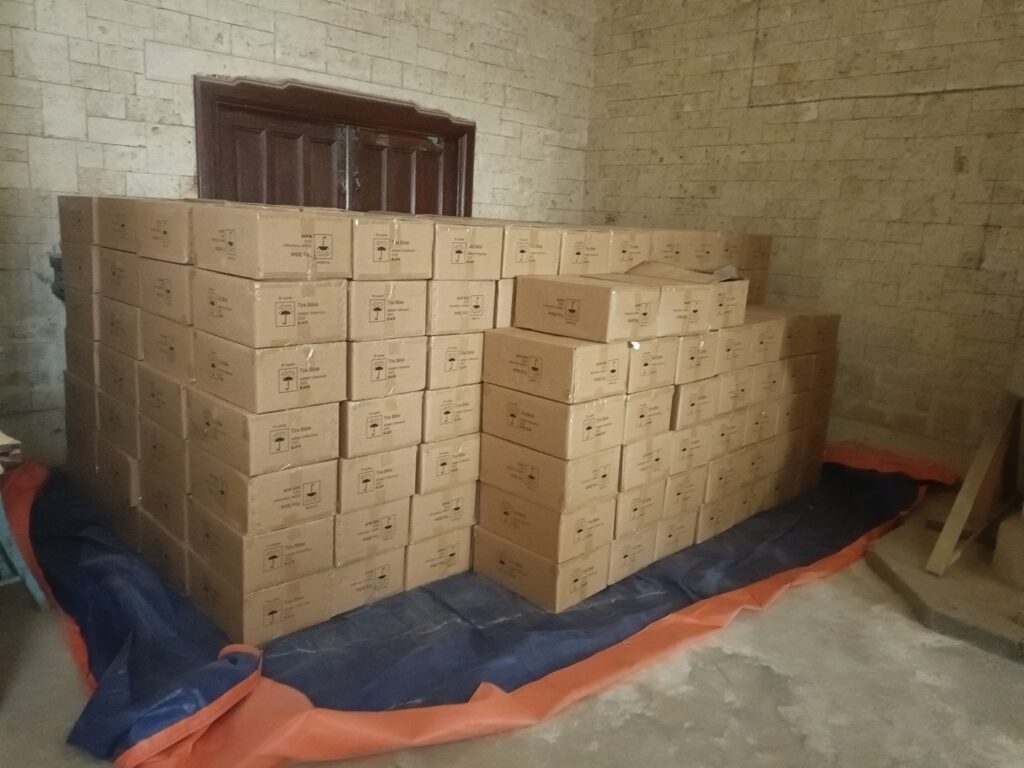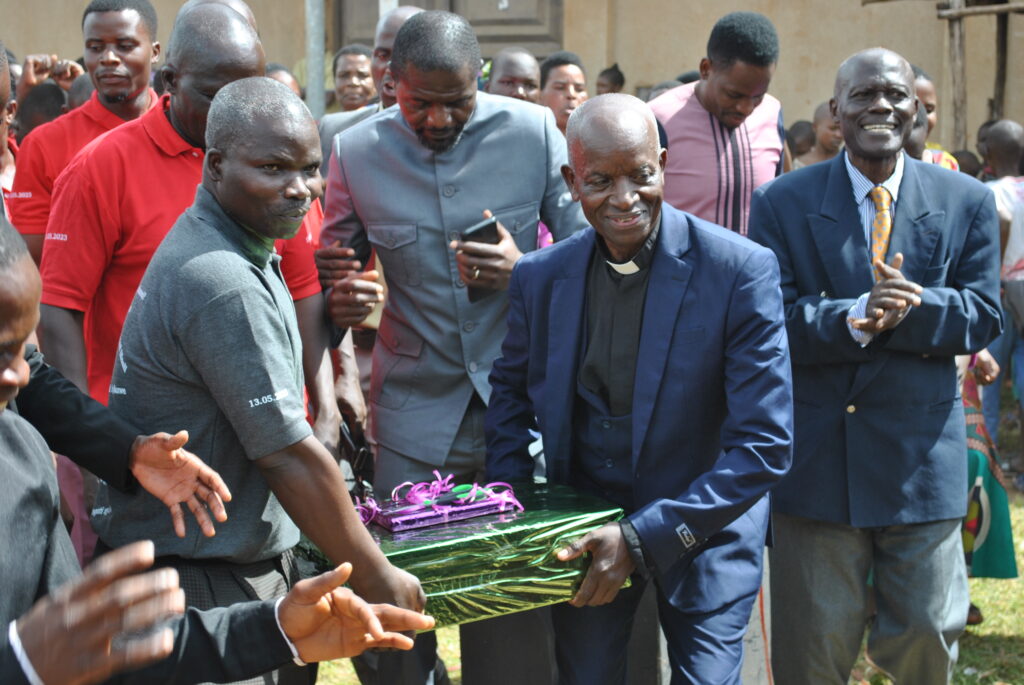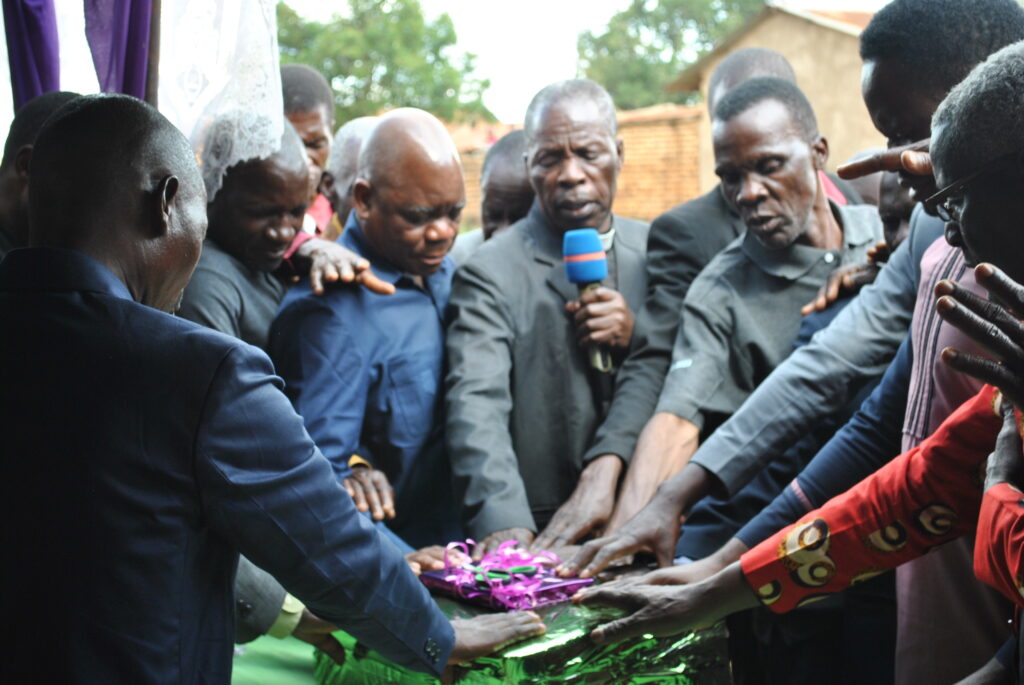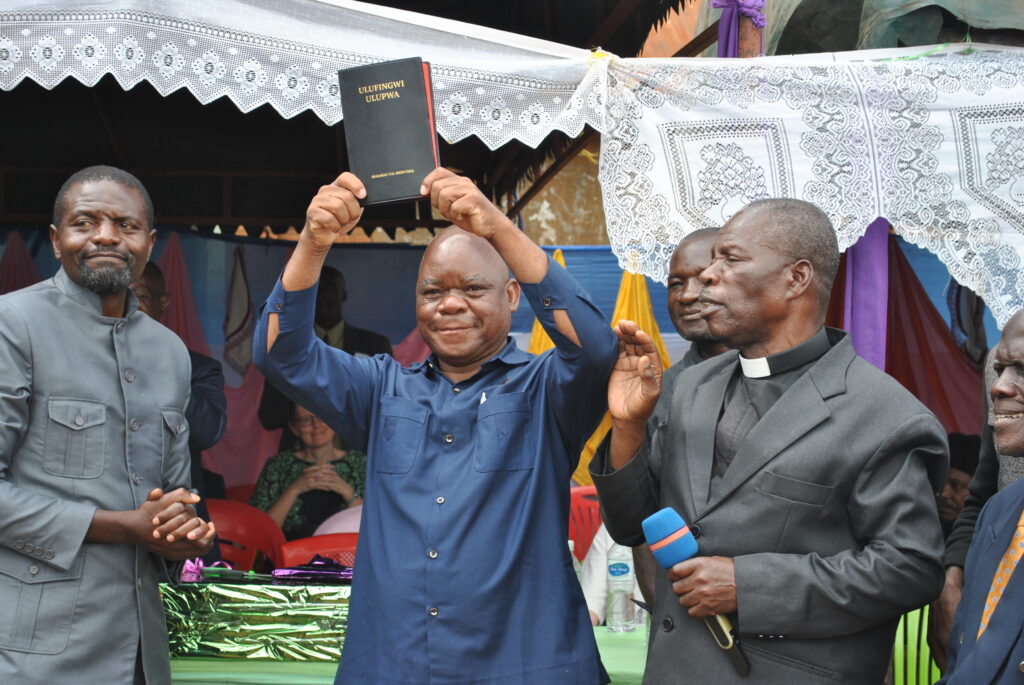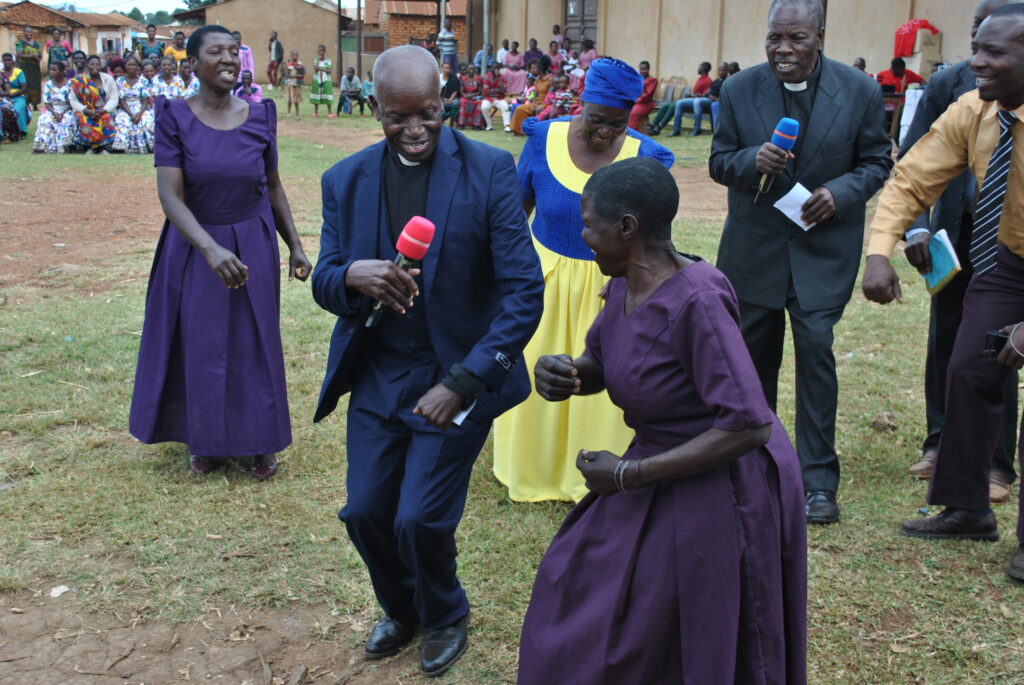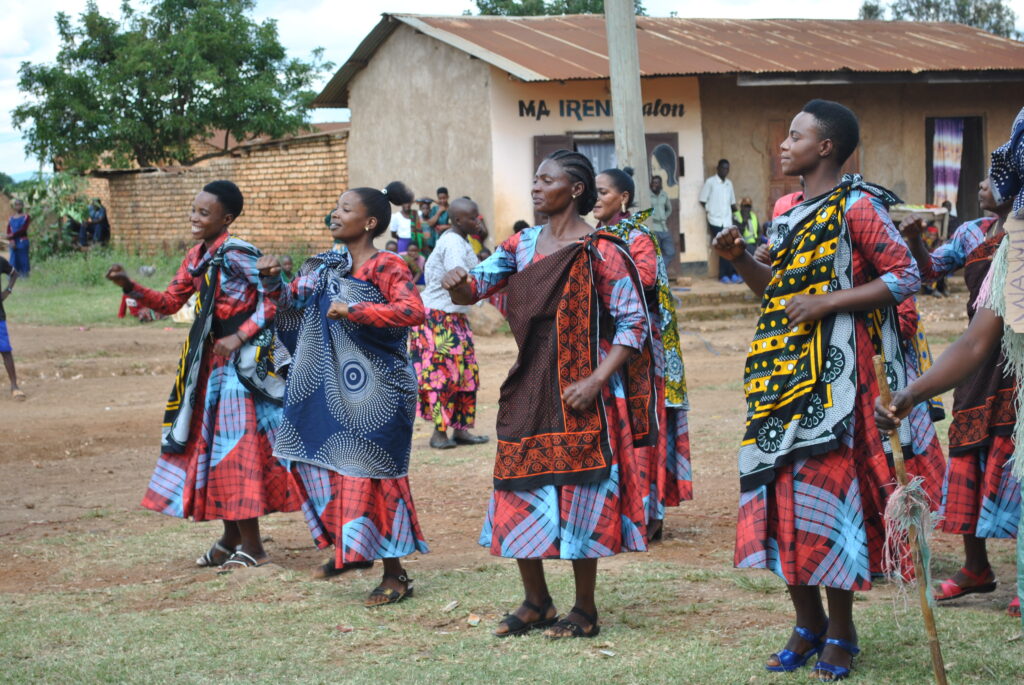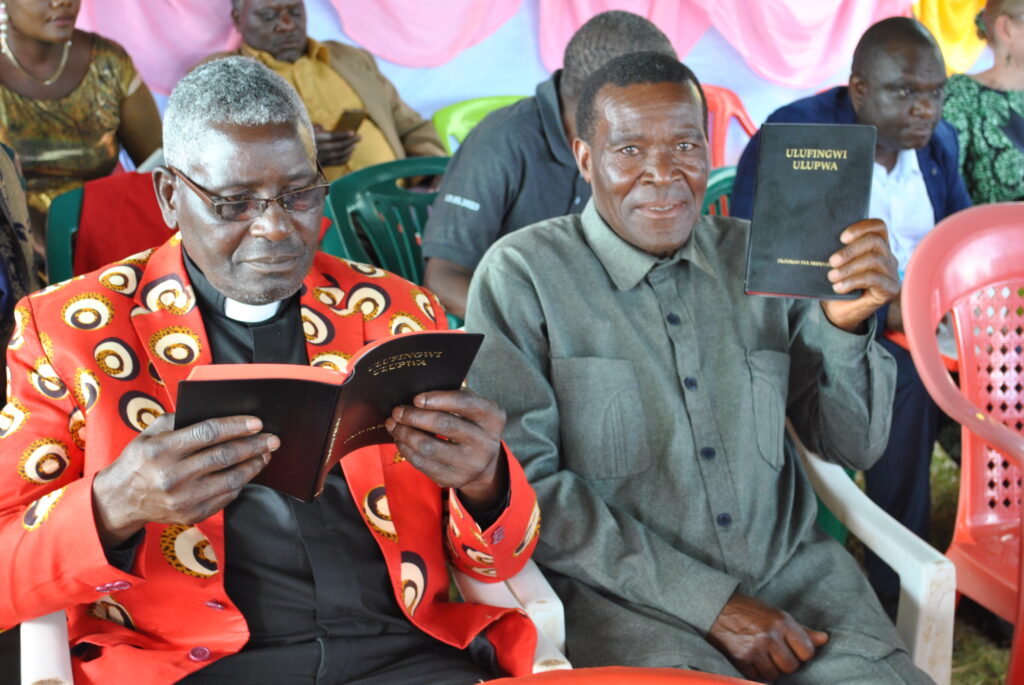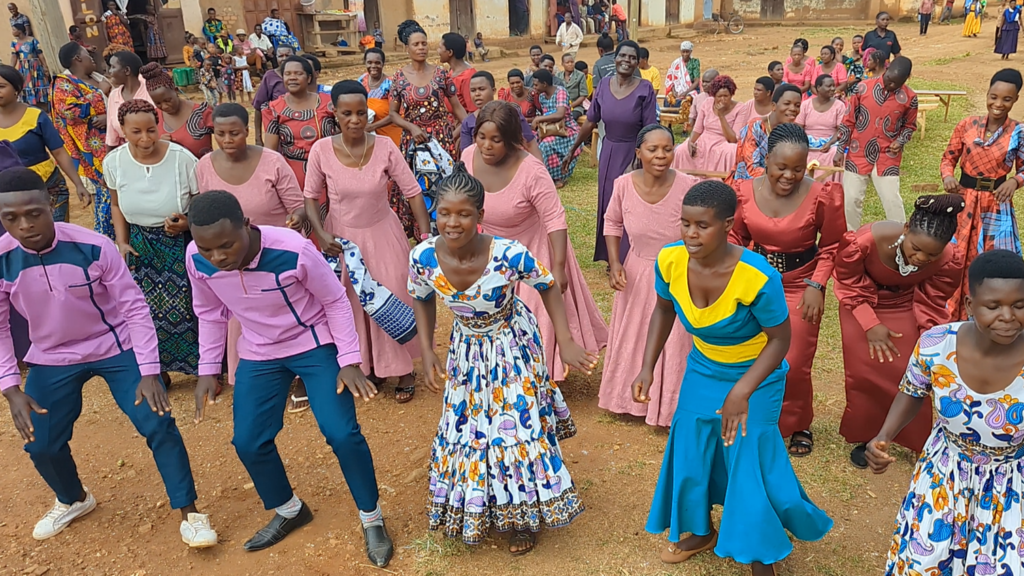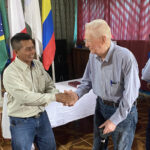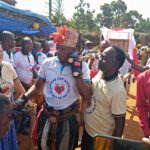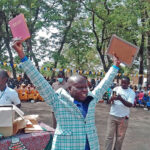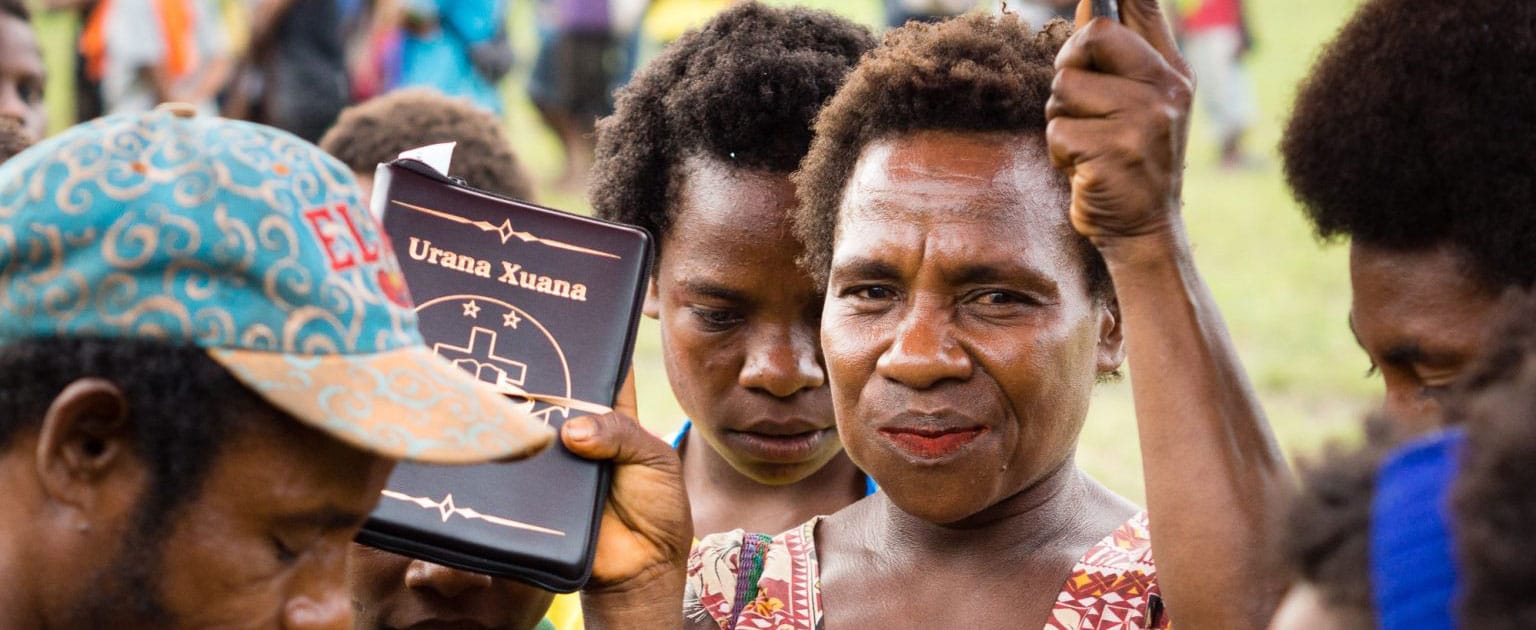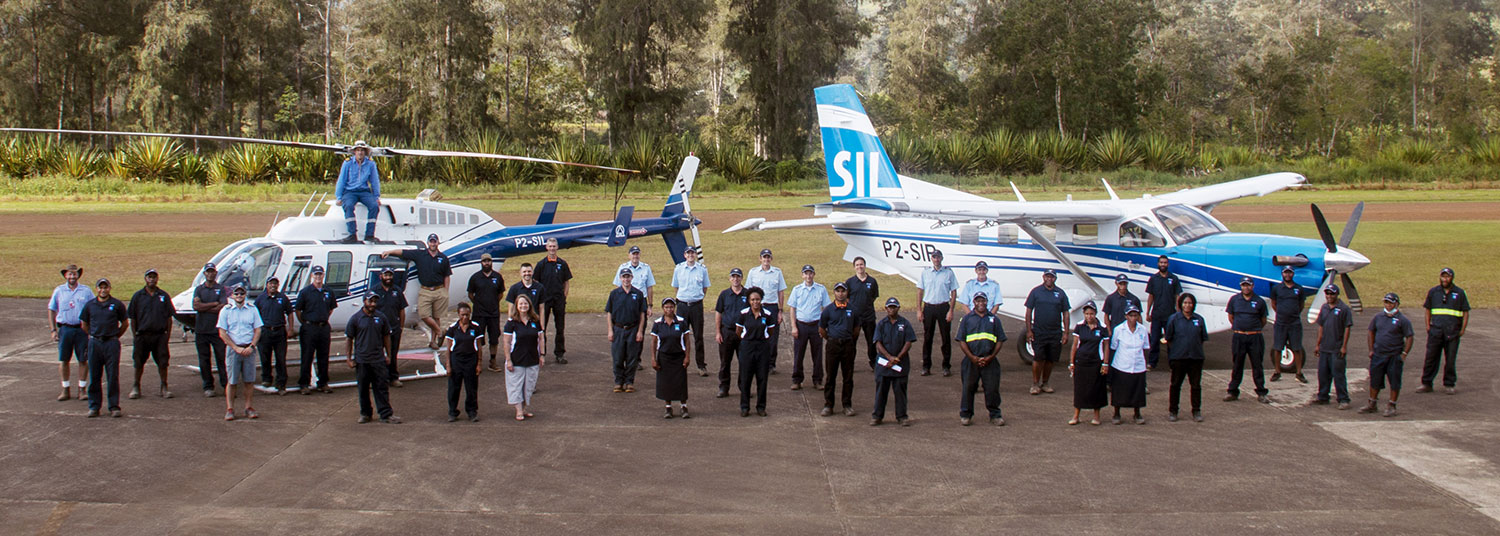Temperamental Temperatures
A vast wall of grey rain clouds sits atop the vibrant green Papua New Guinean Mountains, blocking the small plane’s path. As the plane bounces up and down, Rachel closes her eyes tight and prays. She’s returning to Ukarumpa after helping at an Oral Bible Storytelling course on the coast of Papua New Guinea (PNG). As the plane shakes erratically, Rachel wonders, “Will I make it home alive?”
JAARS annual four-month pre-field orientation course exists to train pilots and mechanics to excel in the most challenging and unique locations, such as flying a Kodiak in the fickle weather of Papua New Guinea.
Robert Handasyde, his wife, Loralie, and their two kids traveled all the way from Australia to take the course before they head to PNG, where Robert will serve as a helicopter pilot. During the course, Robert has learned about JAARS core values, how the organization approaches safety and procedures, and PT-6 engine maintenance. Although this engine isn’t found in the helicopters flown in PNG, and though Robert’s not a mechanic, he may help out in the hangar if there’s no flying scheduled.
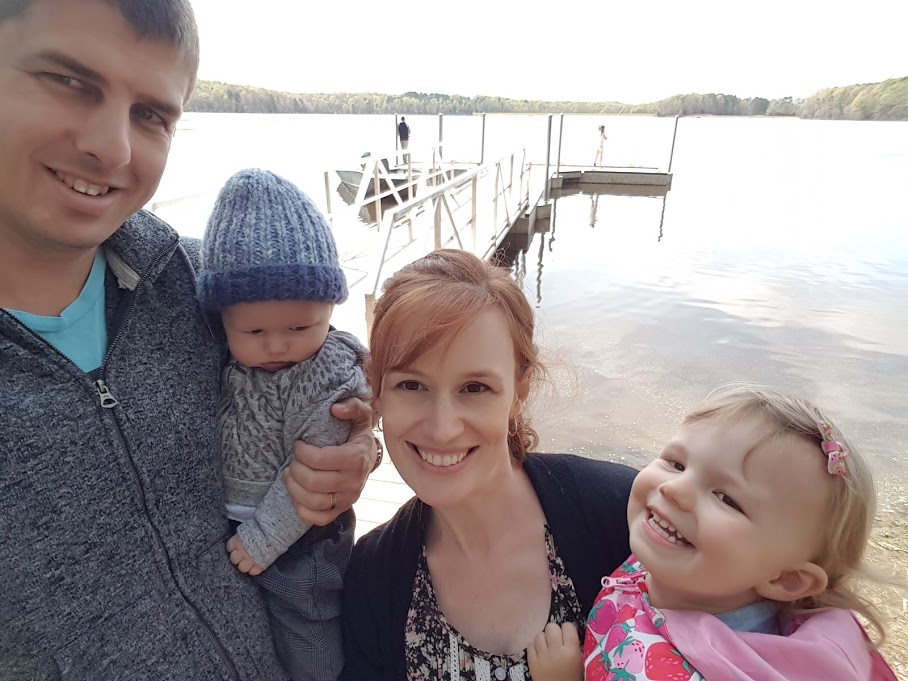
Robert spent several years of his life in PNG while his father flew with MAF (Mission Aviation Fellowship). Robert didn’t enjoy flying when he was young, because it hurt his ears. But he was always interested in helicopters and had seen them in PNG as a child.
When he was older and living in Australia, Robert had the opportunity to learn to fly helicopters in Florida. When he completed his training, he worked in Florida for a year before returning to Australia to work as a copilot. “That was a really great start to my career, and it was a really high-standard company, so it was a good foundation.”
Mission-flying had always been Robert’s long-term goal. At one point, he spoke to the MAF pilot training school in Australia to convert over to airplanes. MAF didn’t have helicopters, and Robert considered switching to flying planes. “But when I emailed them,” Robert explains, “they said, ‘There’s a helicopter guy here you should talk to.’”
Robert visited the man at the school. He told Robert, “You should really think about staying with helicopters, because we need those as well.”
JAARS partner, SIL PNG, operates helicopters to support Bible translation. Because of his early touch to that country, Robert chose that organization and remained with his first fascination.
Papua New Guinea is not an easy place to fly aircraft. Because of the tropical climate, the weather changes quickly. The towering mountains also exacerbates the weather and ability to maneuver aircraft.
A helicopter can reach many places that airplanes can’t. Sometimes, the airstrips for airplanes are too wet or the grass is too tall, so the planes can’t land. That’s when the translators or other mission workers need a helicopter.
One of Robert’s classmates from the pre-field orientation course is a fixed-wing (airplane) pilot who will join him in Papua New Guinea. The other four will be soaring in Africa with AIM Air.
Robert appreciates his instructors’ proficiency. “They all have their own knowledge and experience, depending on where they’ve been and what they’ve done.” The instructors are required to have served overseas before instructing, so what they teach weighs heavy with personal experience.
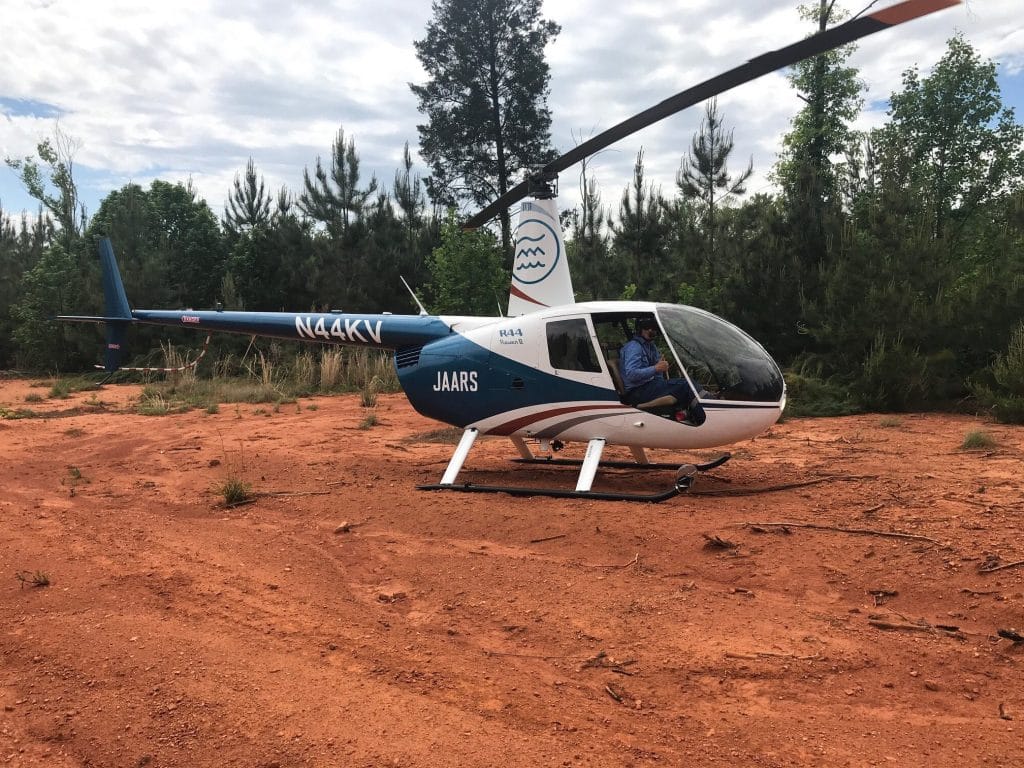
“My favorite thing I learned was when they talked about how they set their standards high, but realistic.” The instructors want to make sure their students don’t miss something; they can’t prepare them for everything, but they prepare them for what they can.
Rachel is grateful for those high standards and preparation as her pilot, who received training at JAARS, finds a slim break through the lashing storms and lands the plane safely on the airstrip in Ukarumpa.
Consider a gift to our aviation training solution so that pilots and mechanics can continue amassing the skills needed to fly in some of those most temperamental environments in the world.

